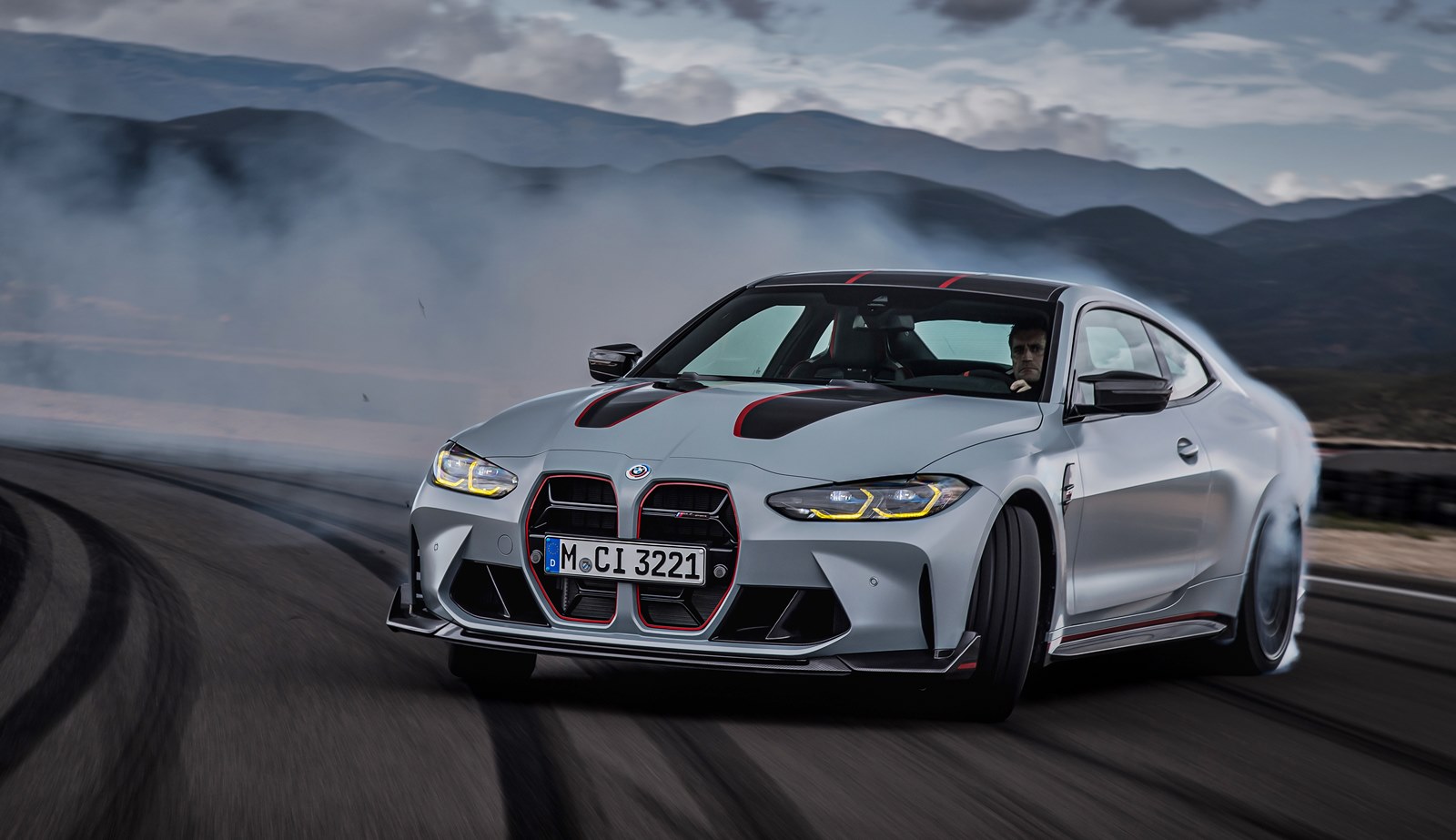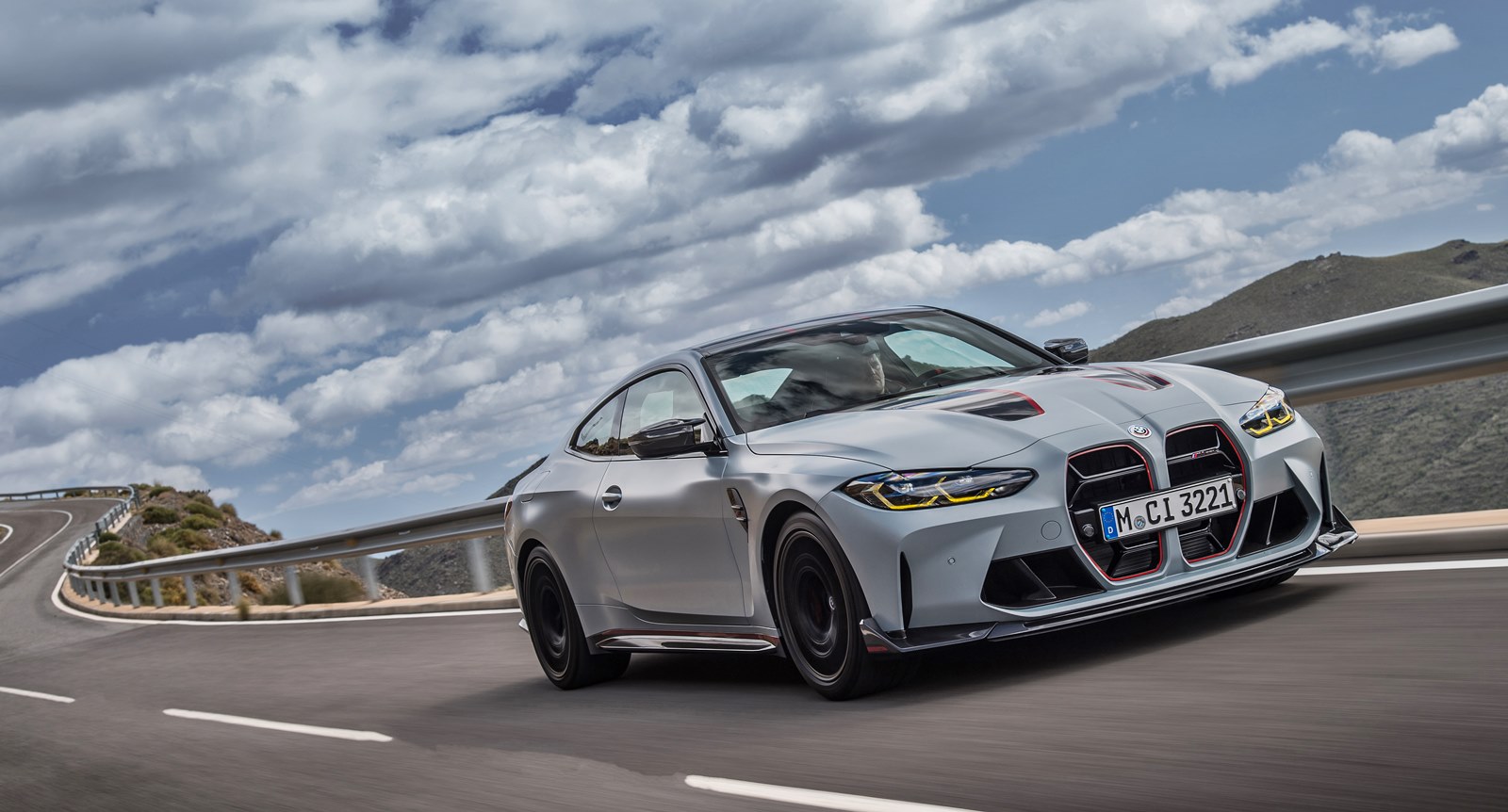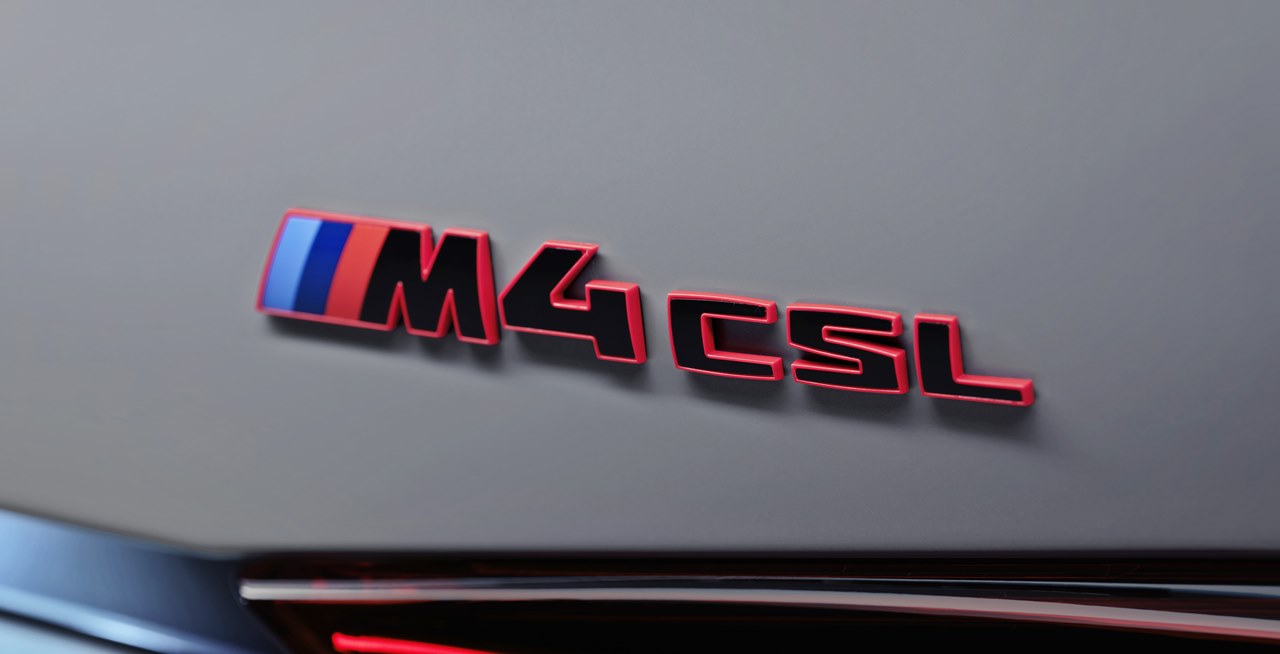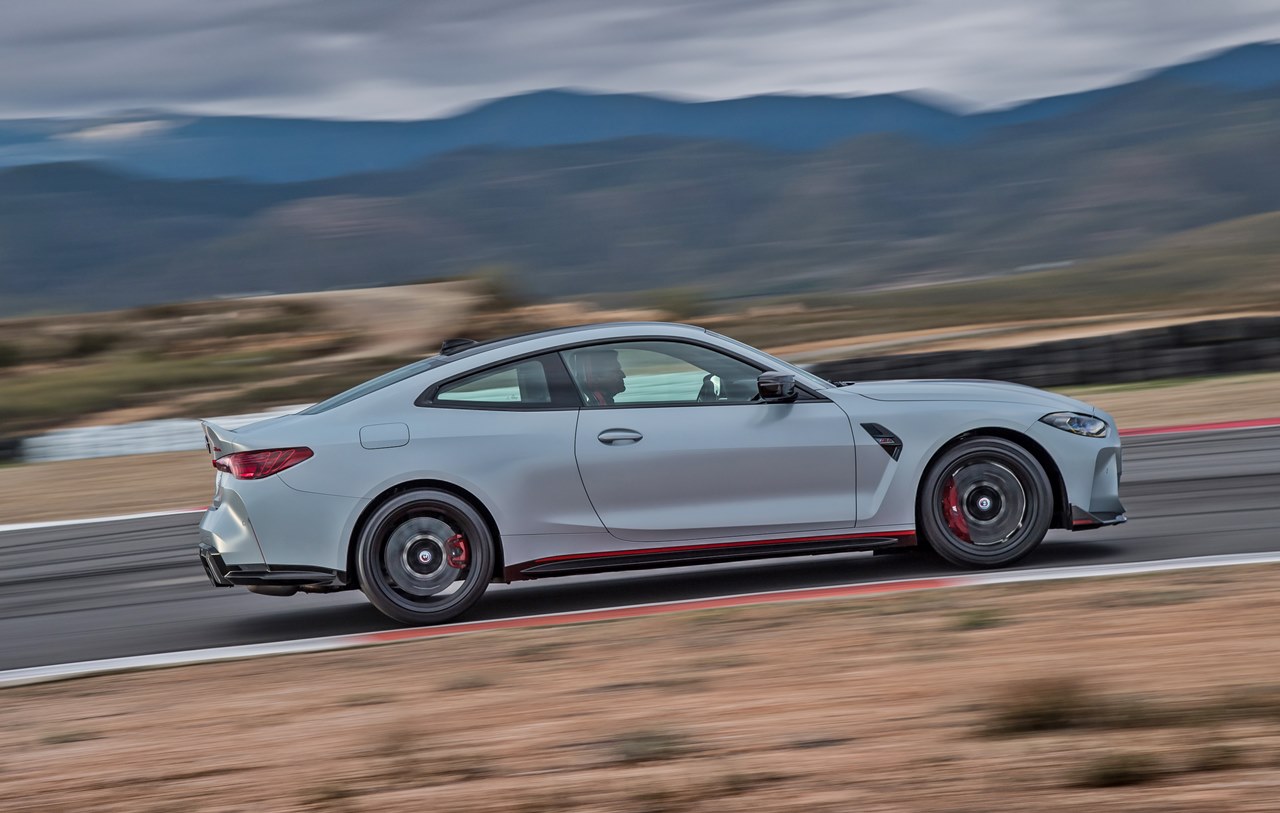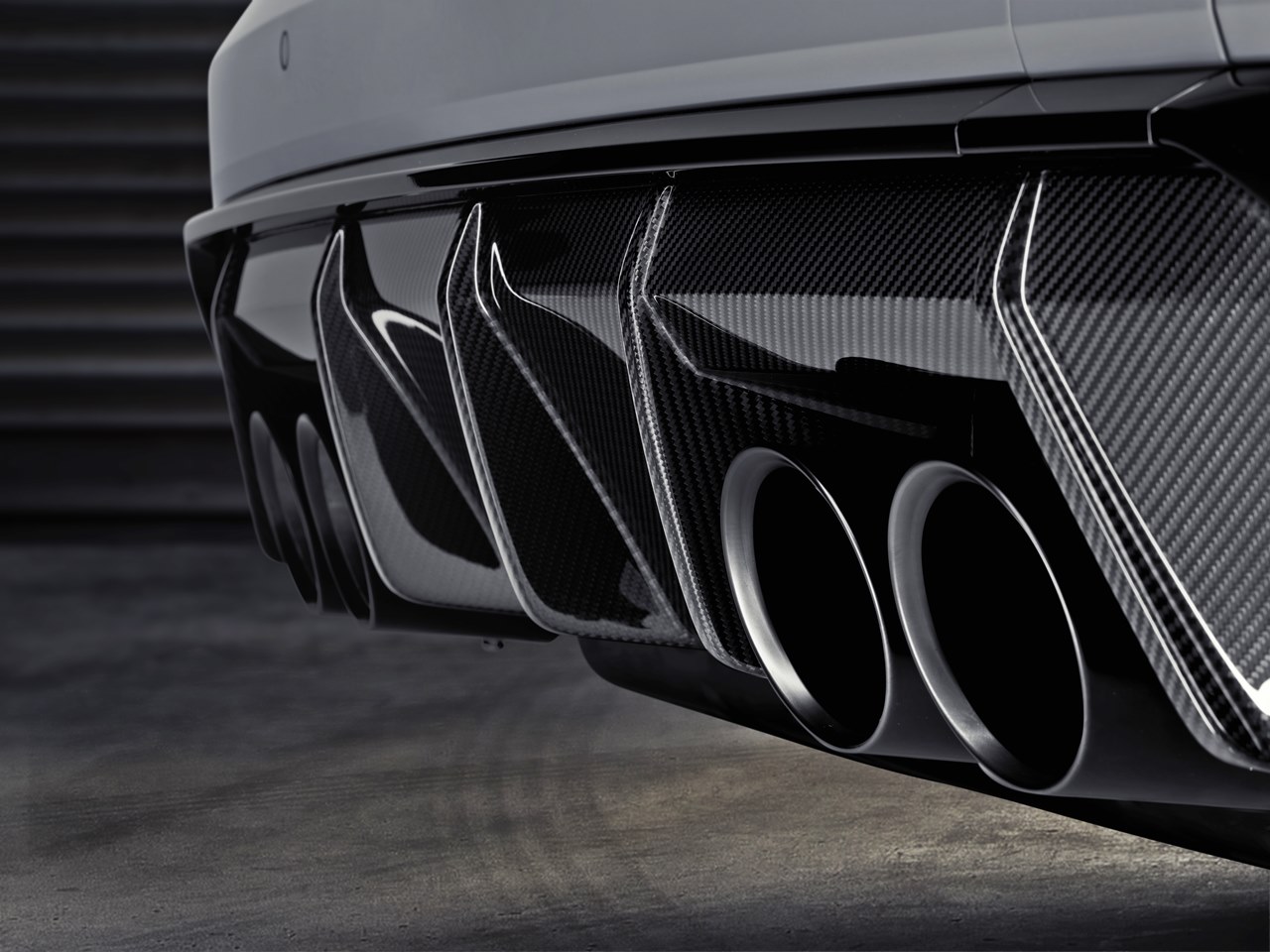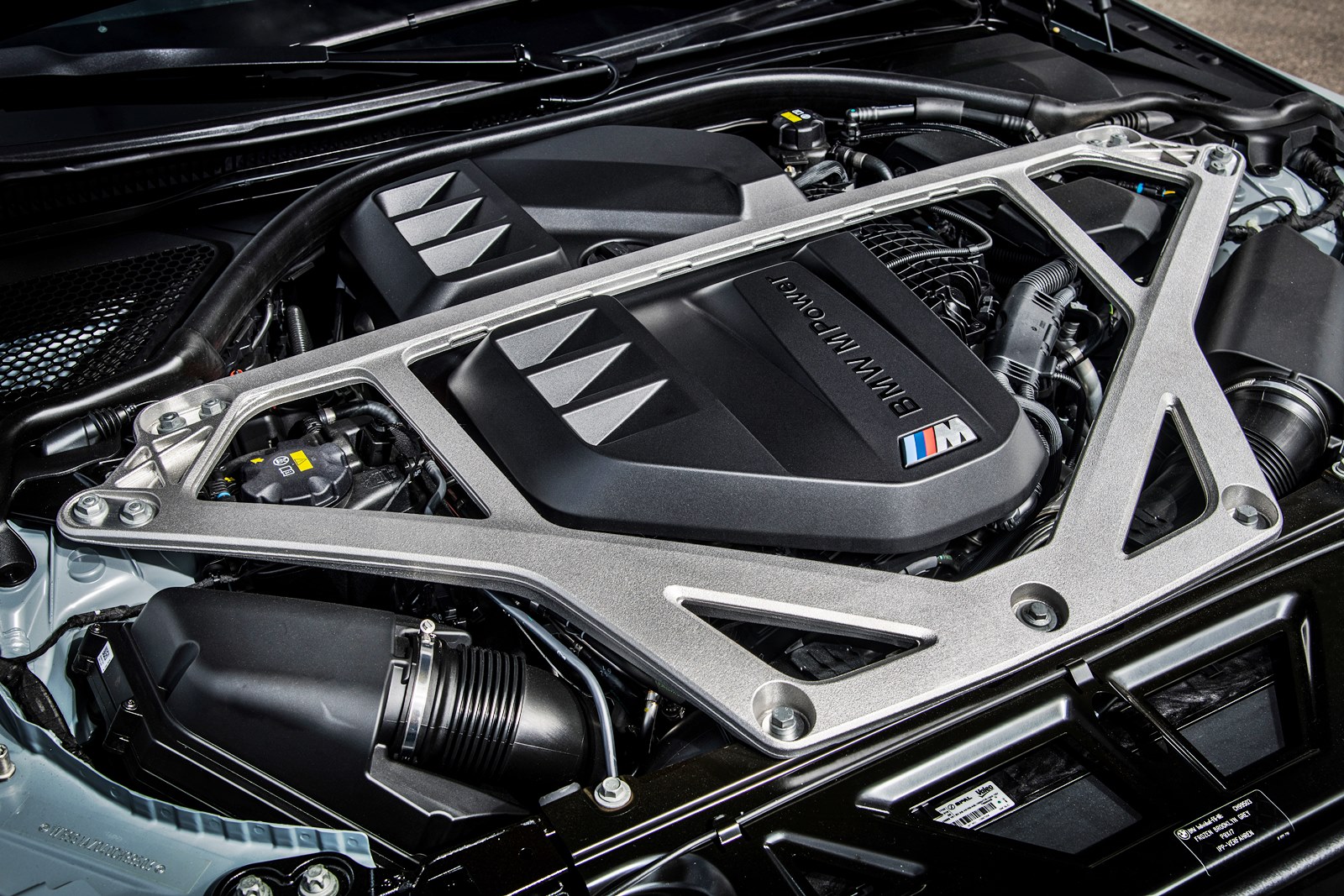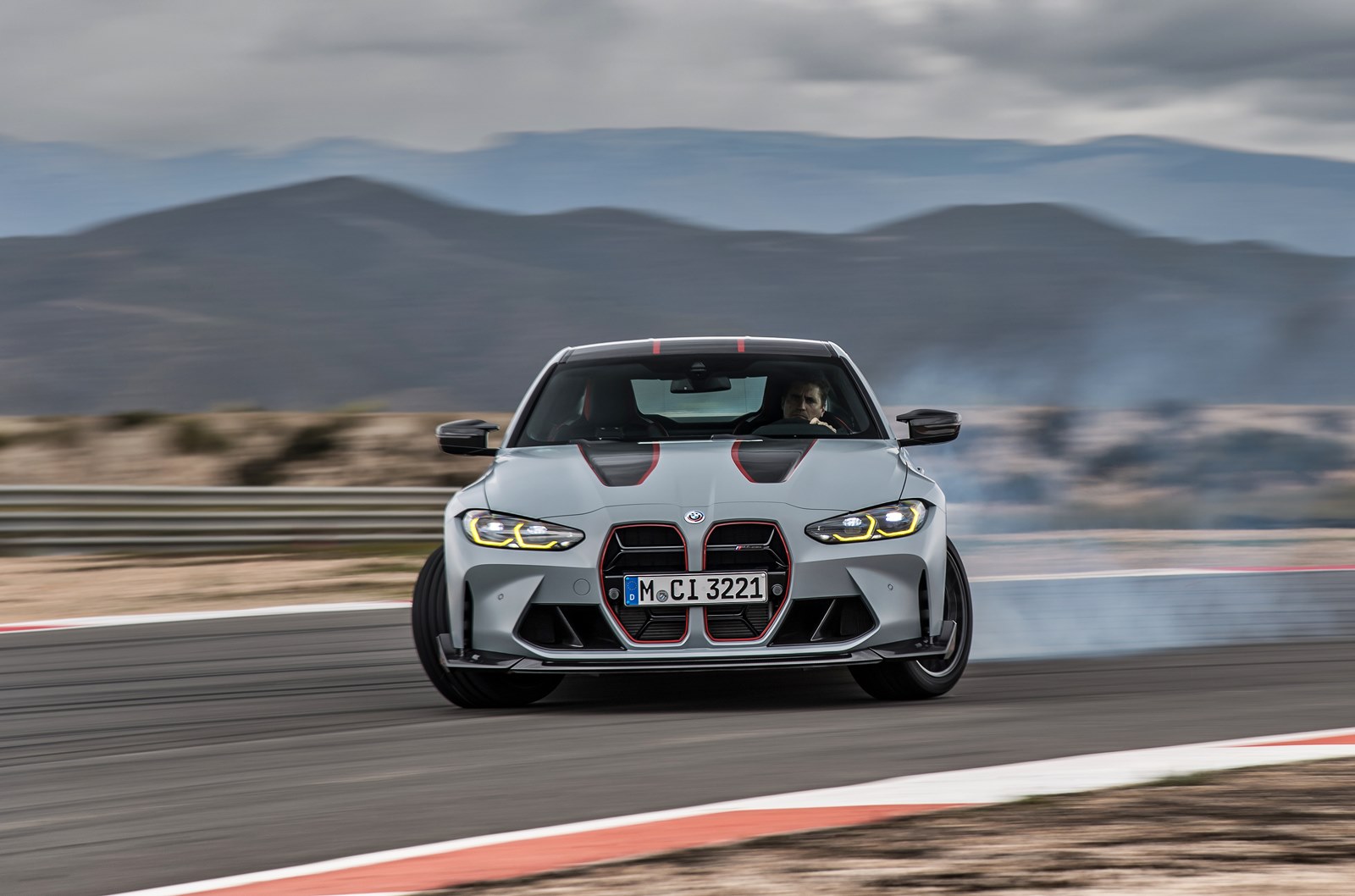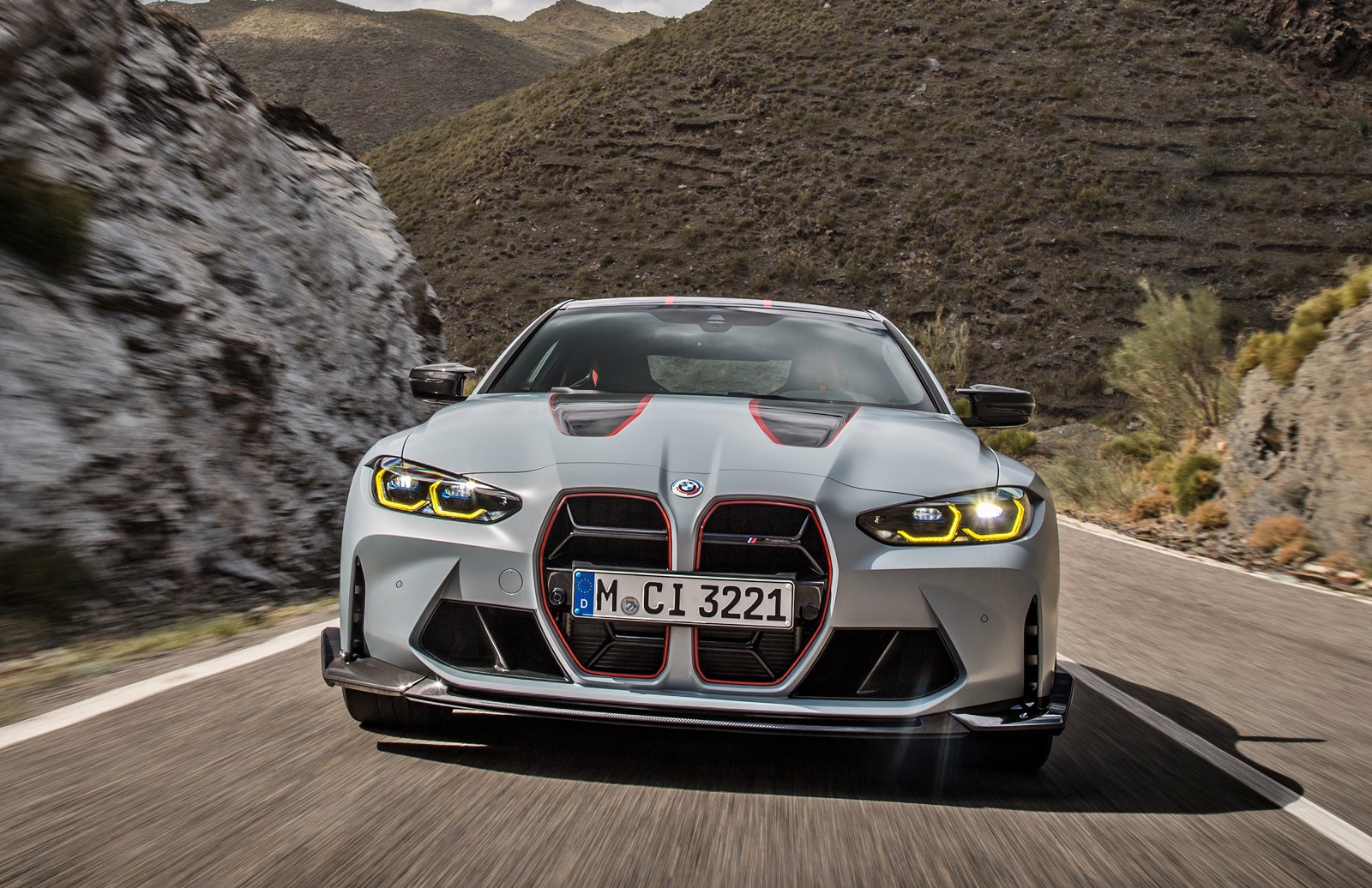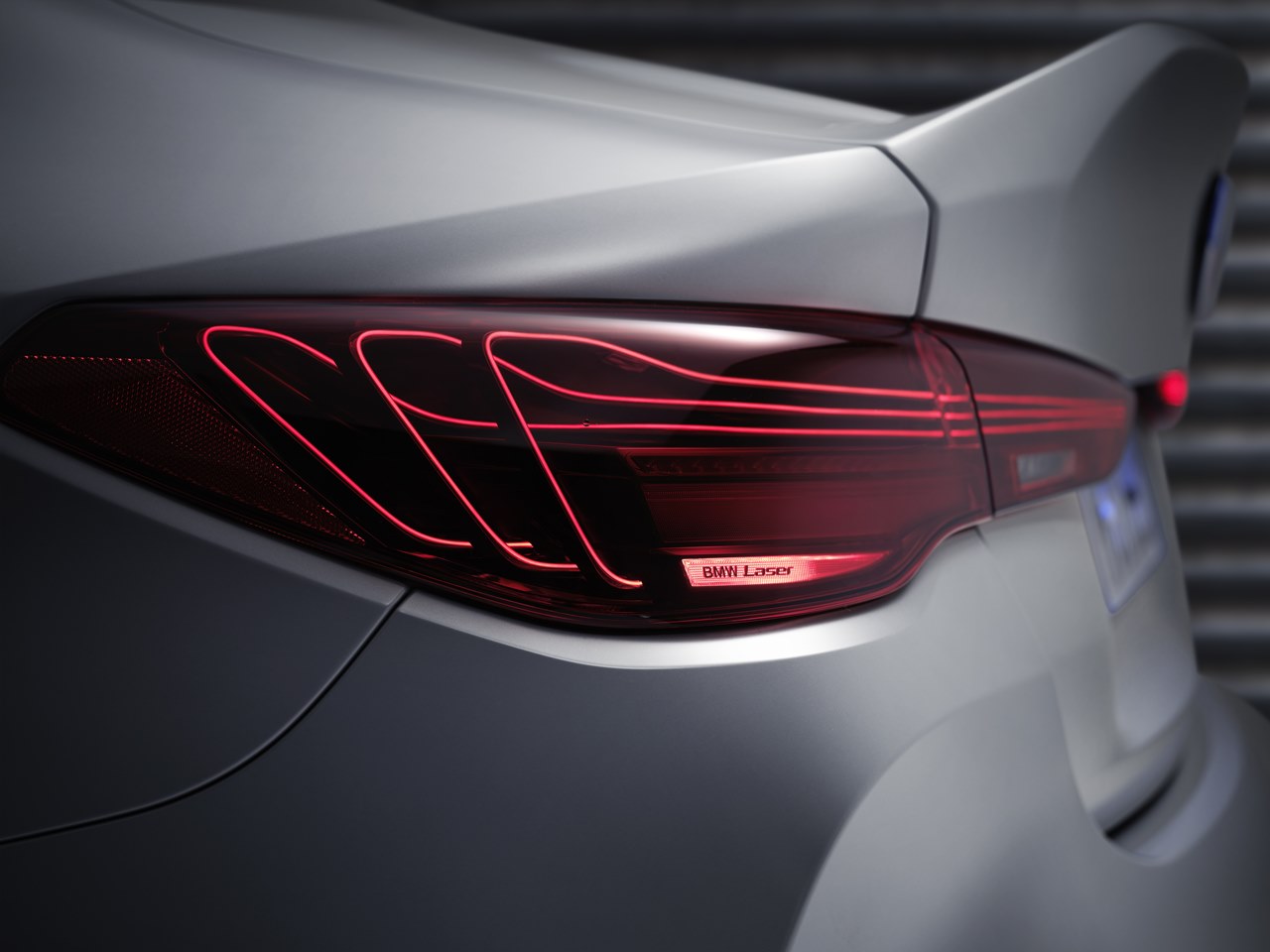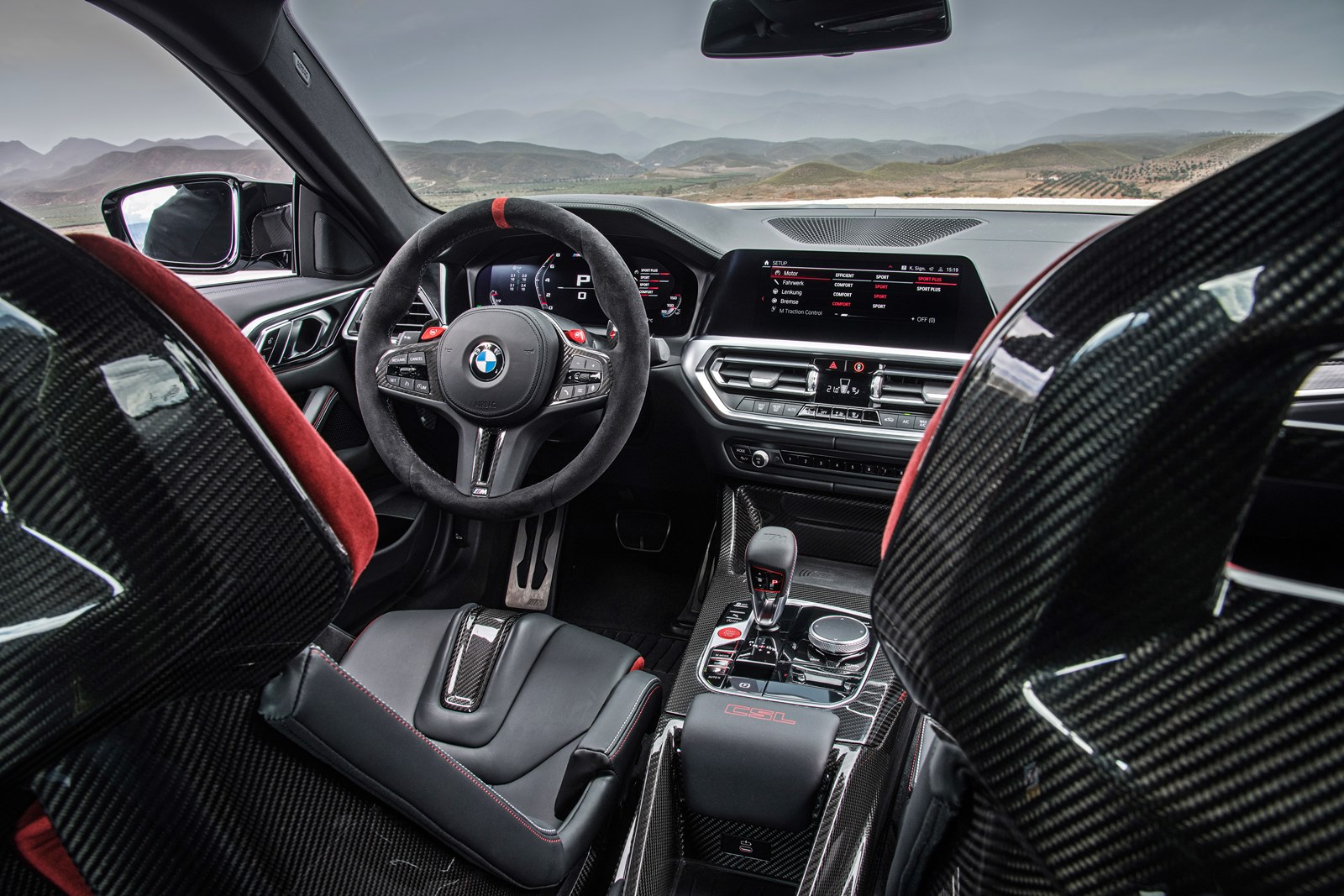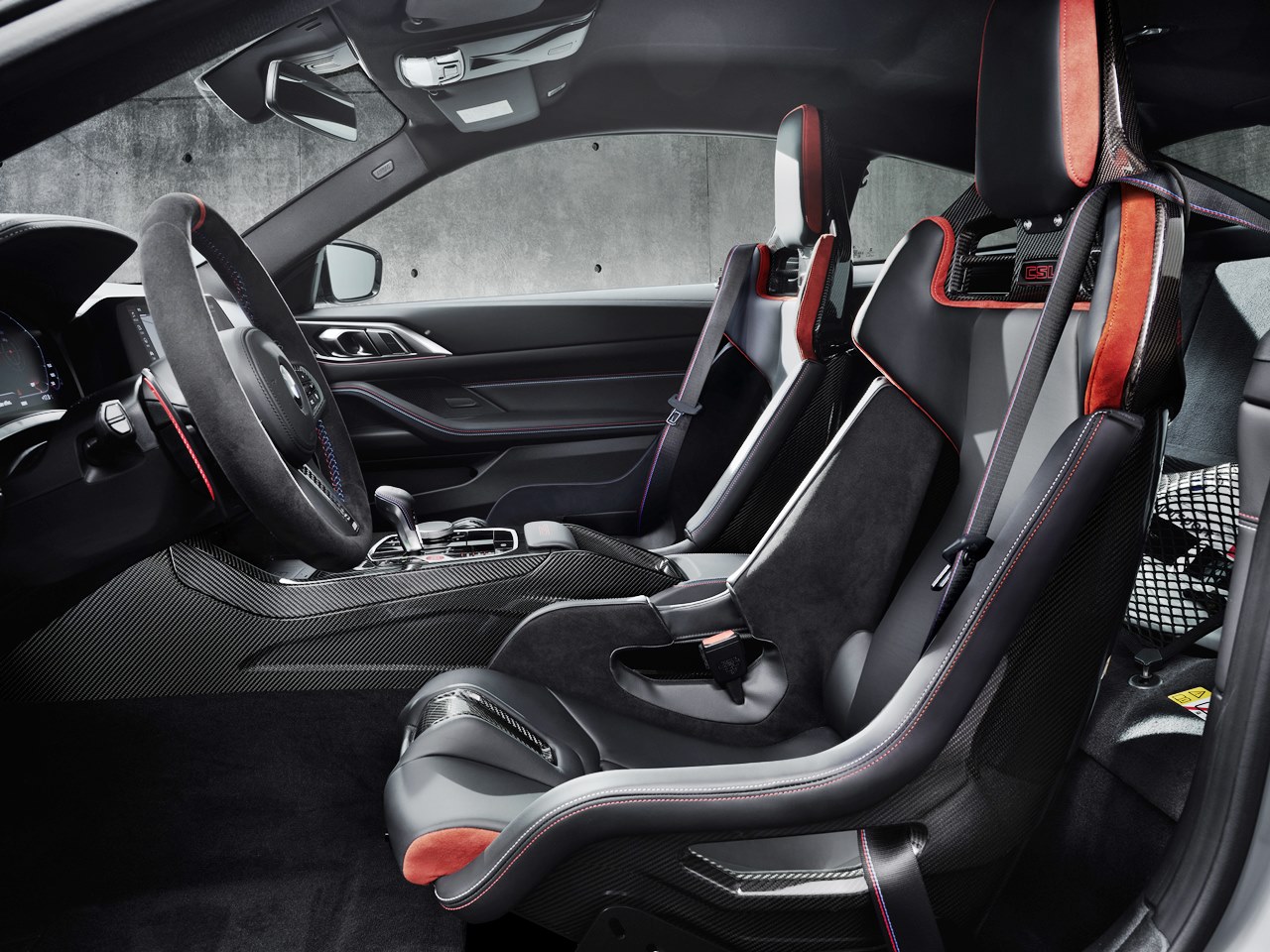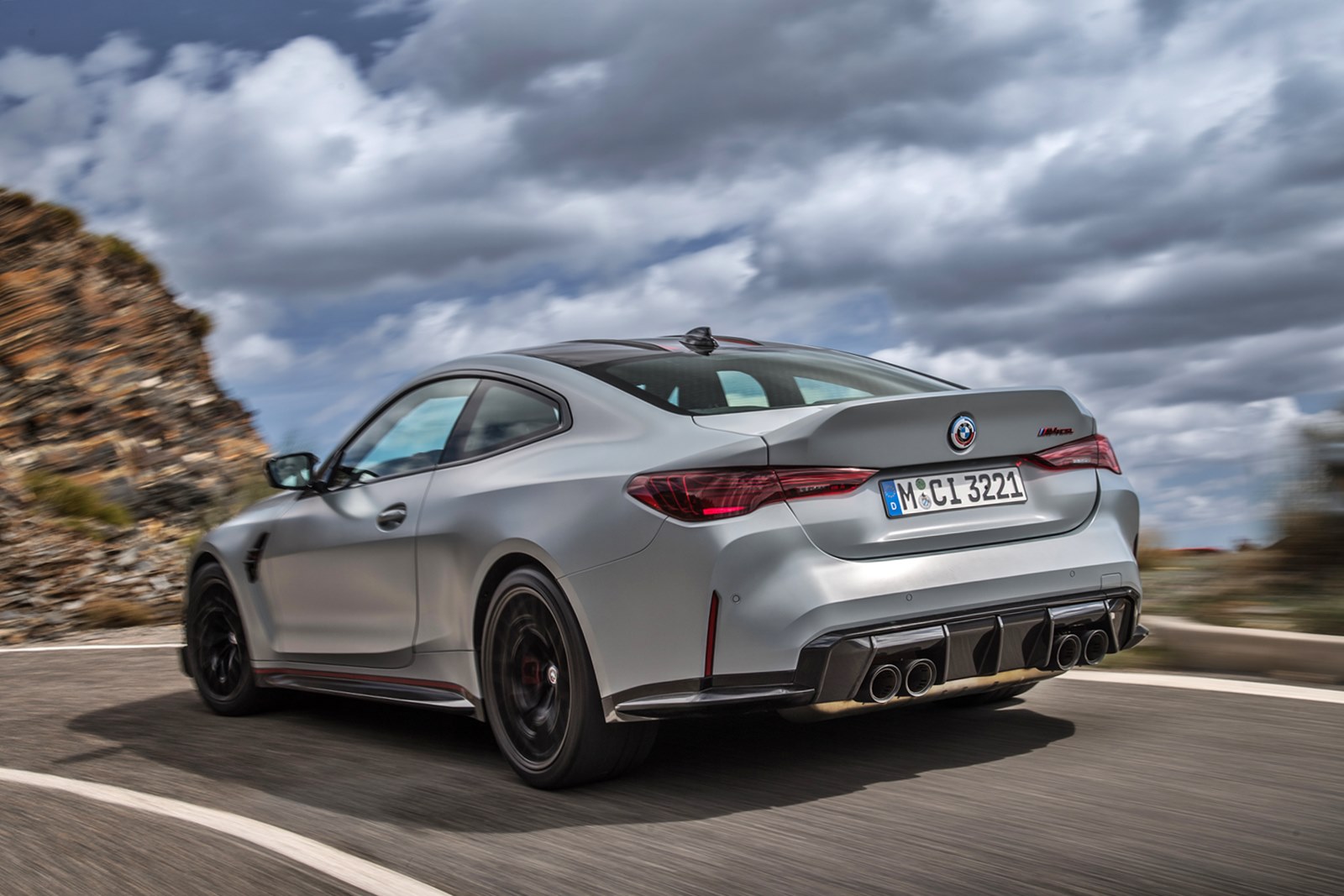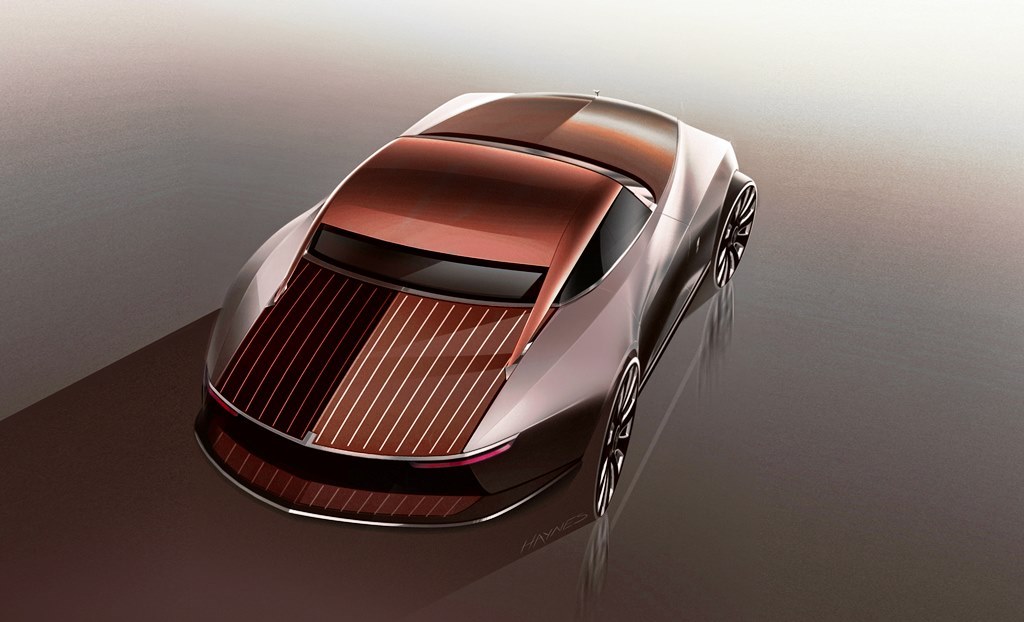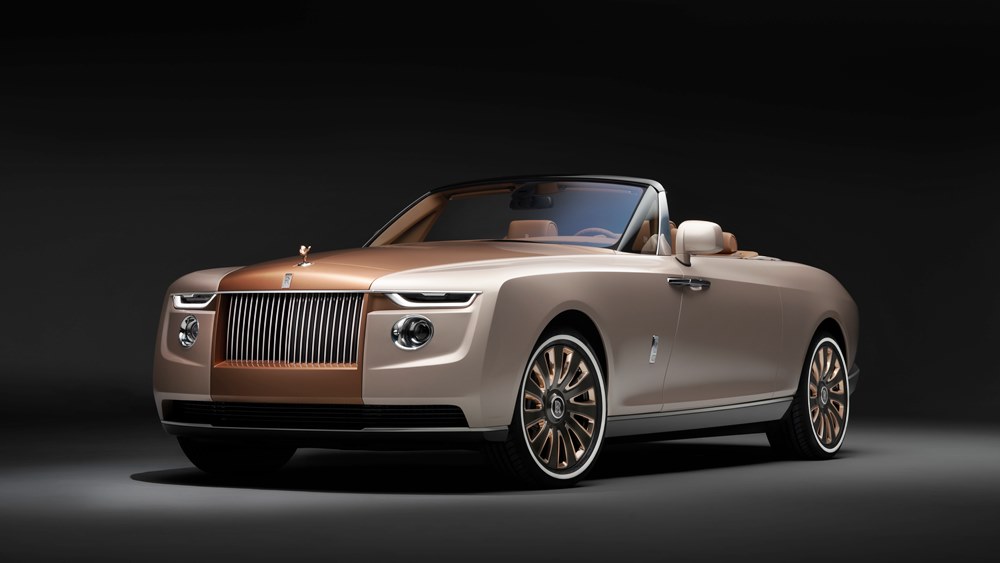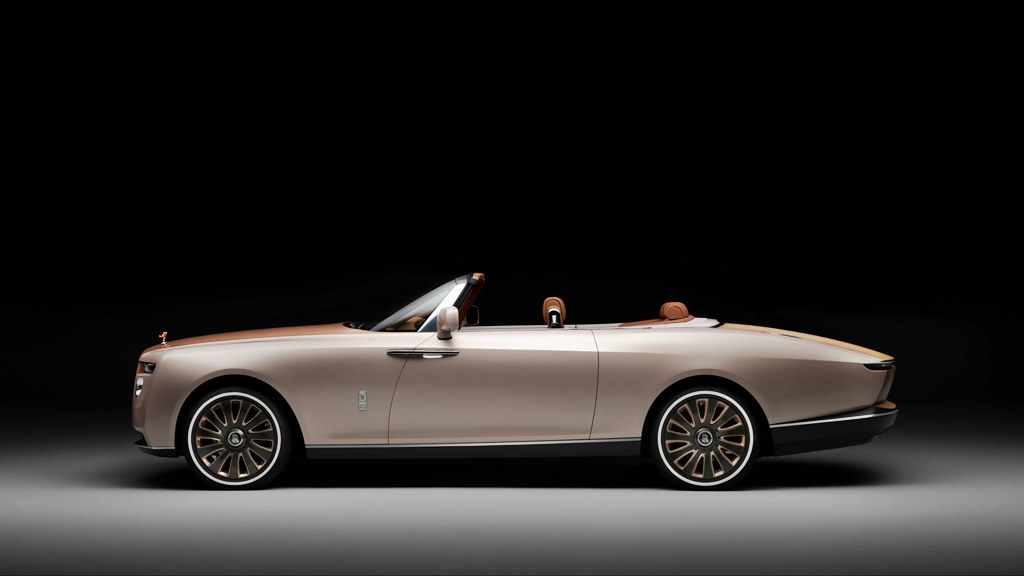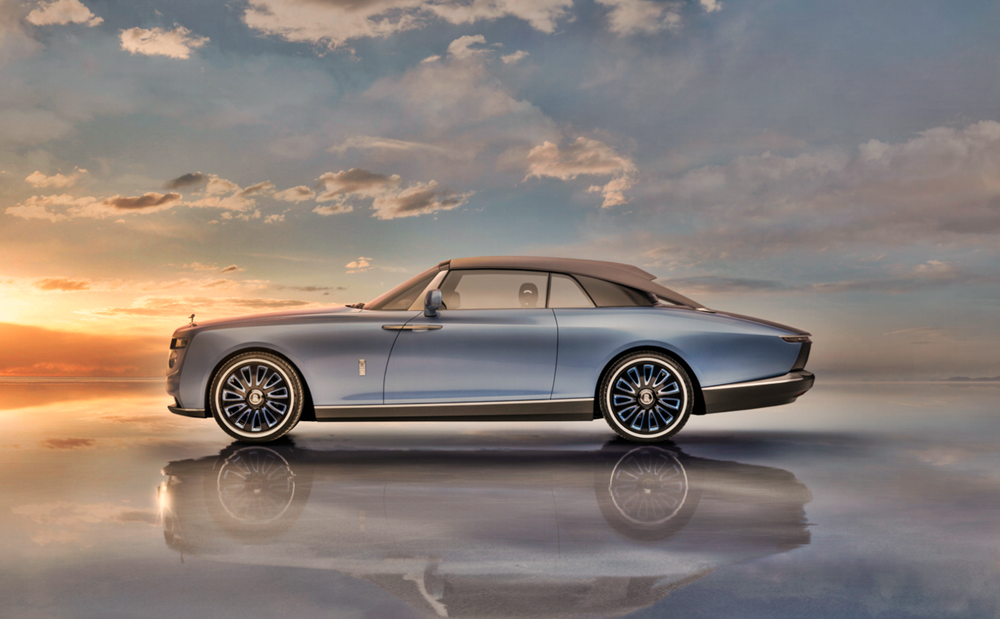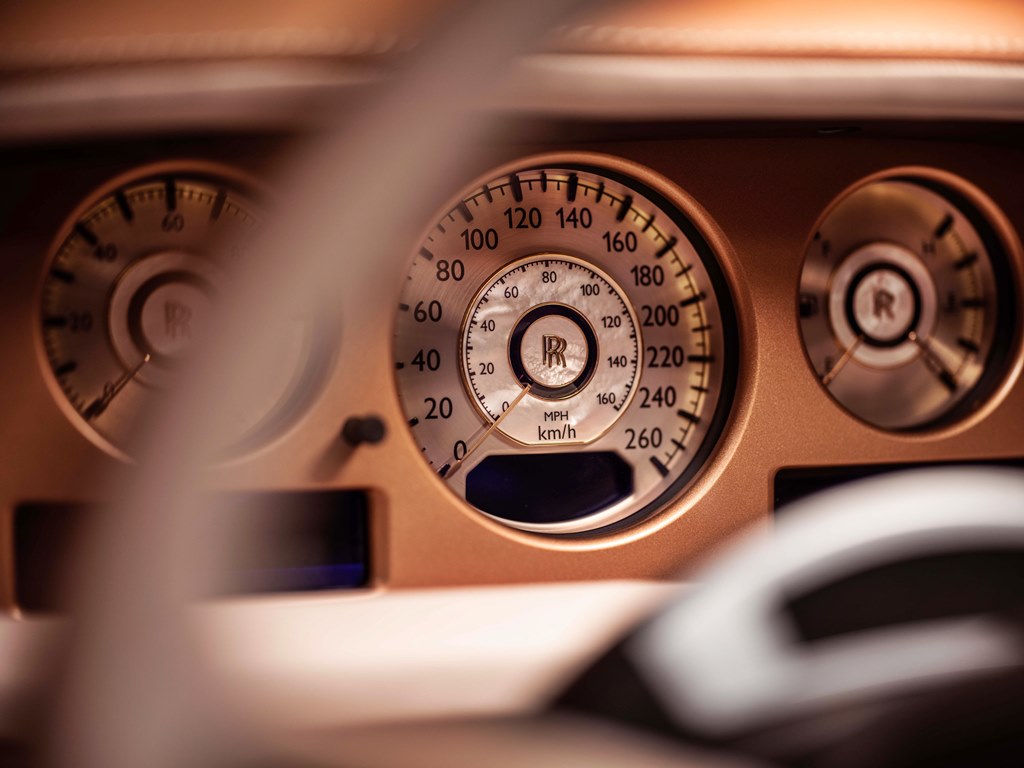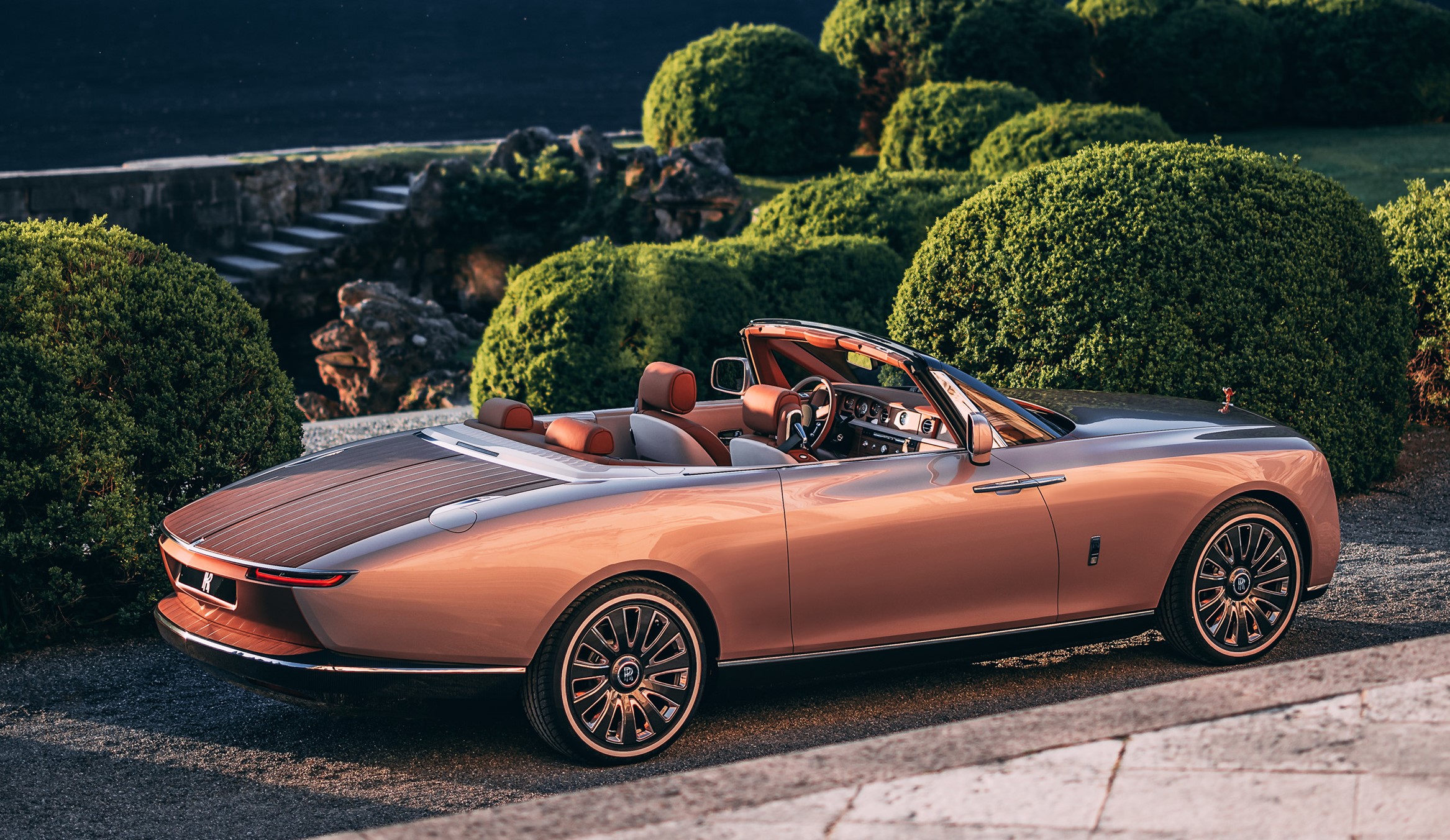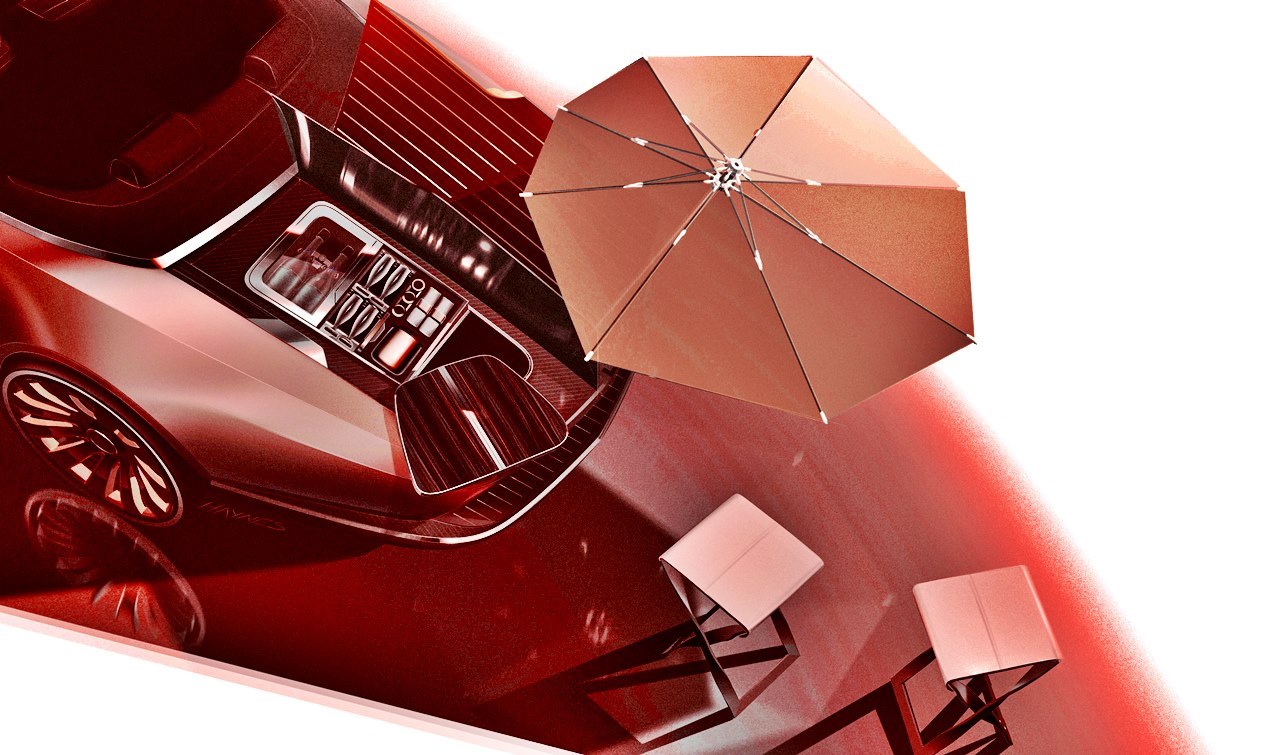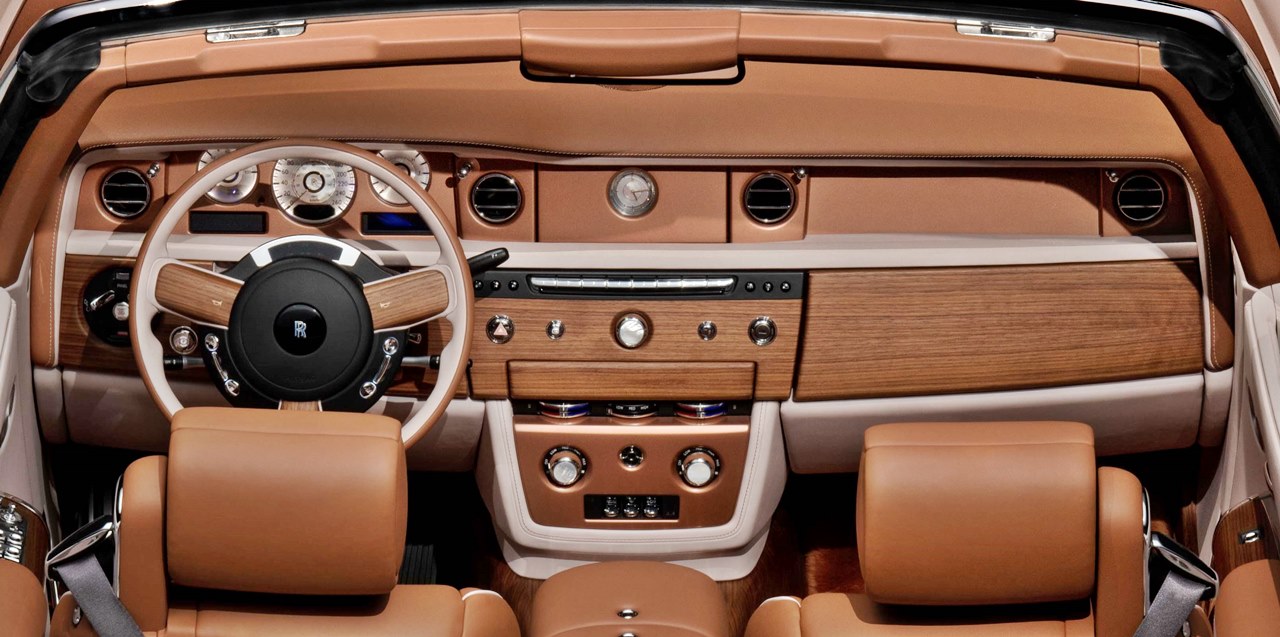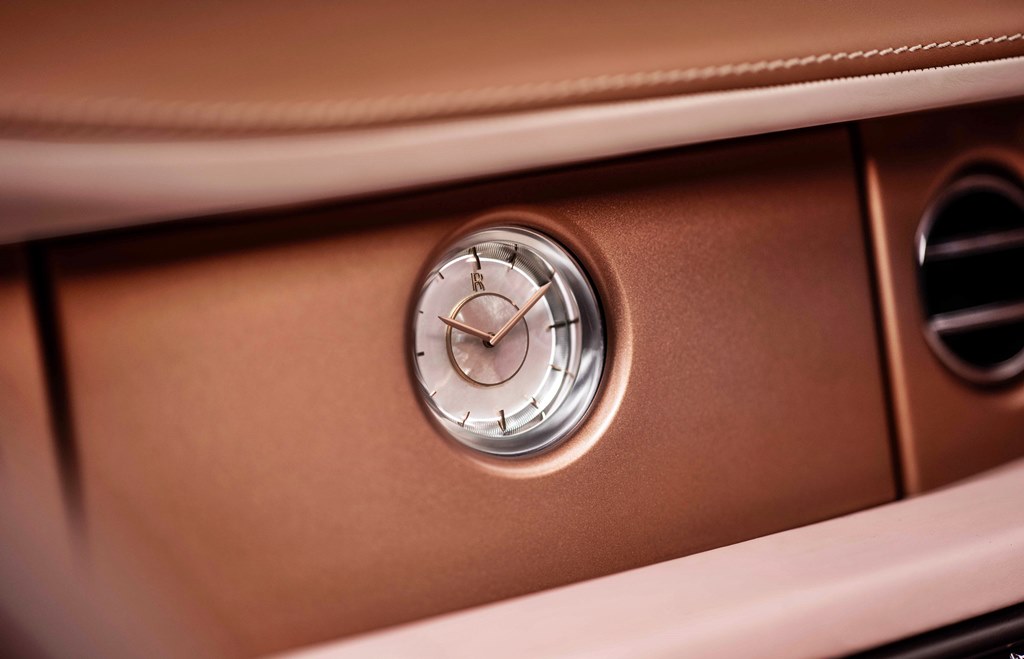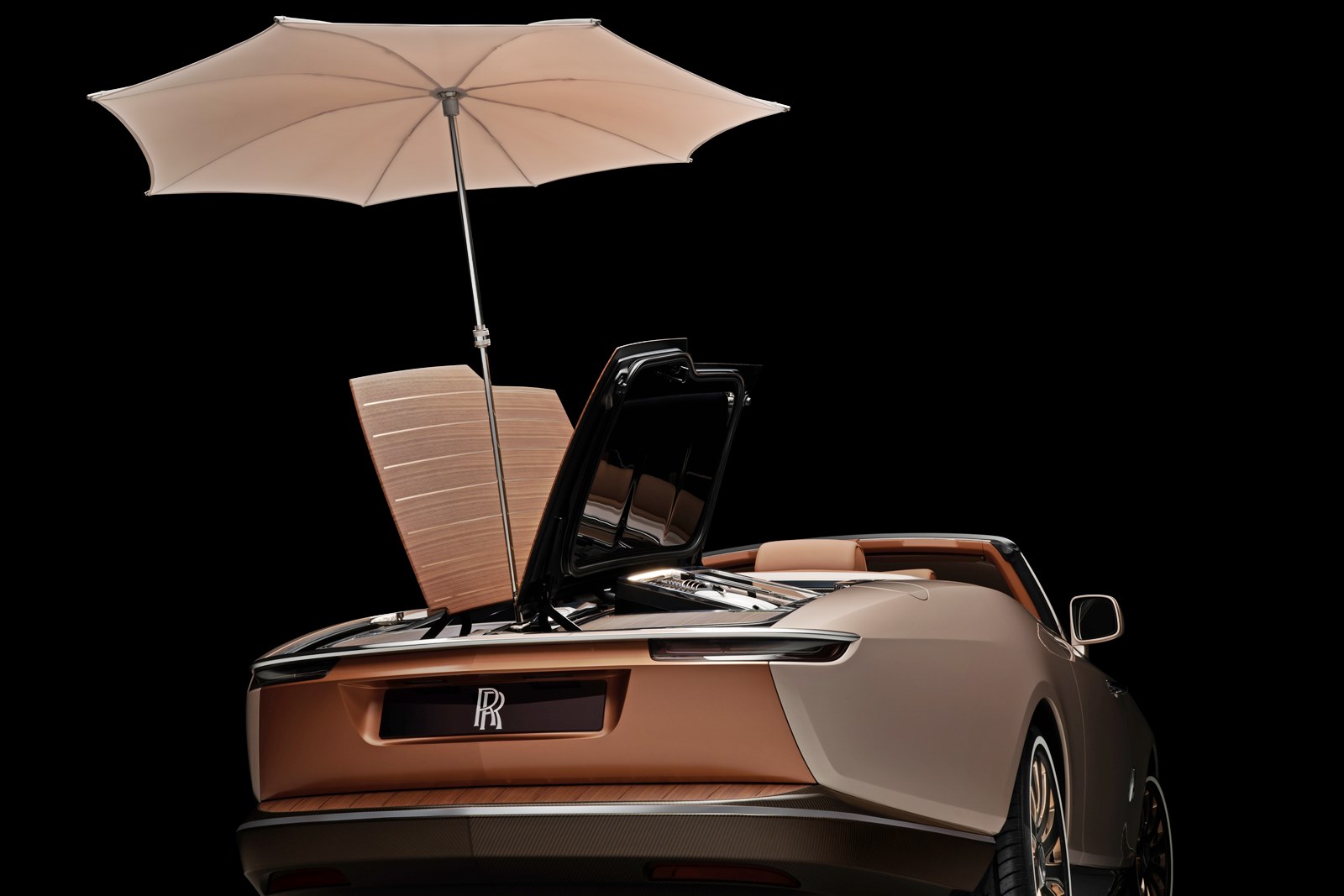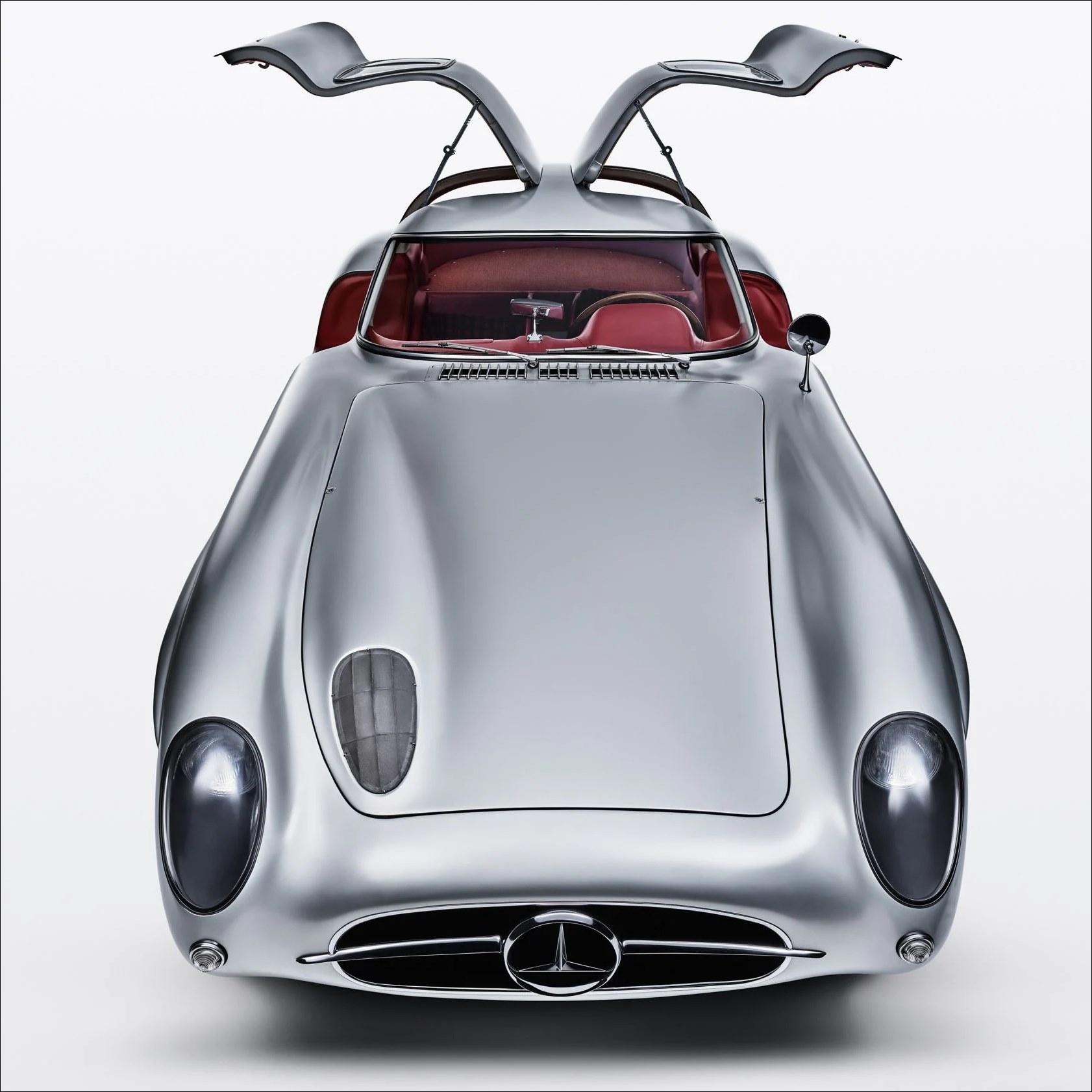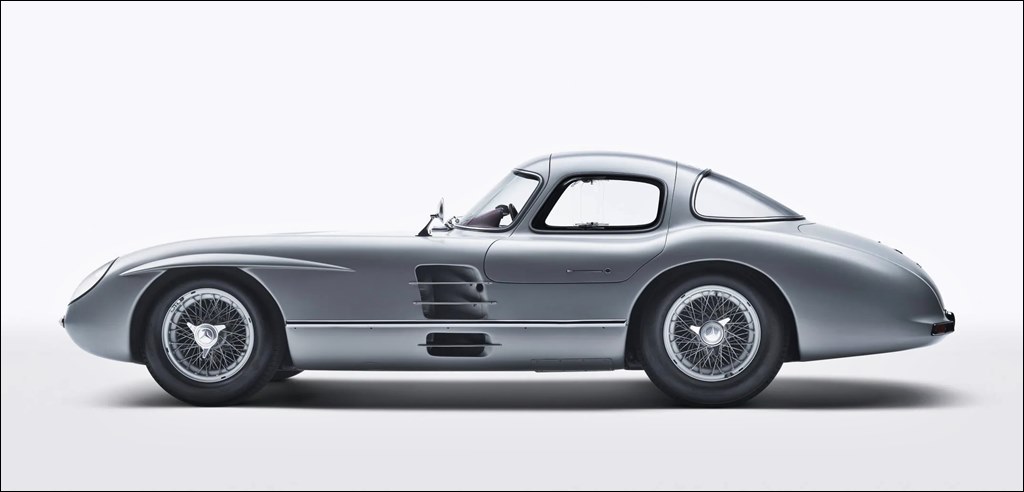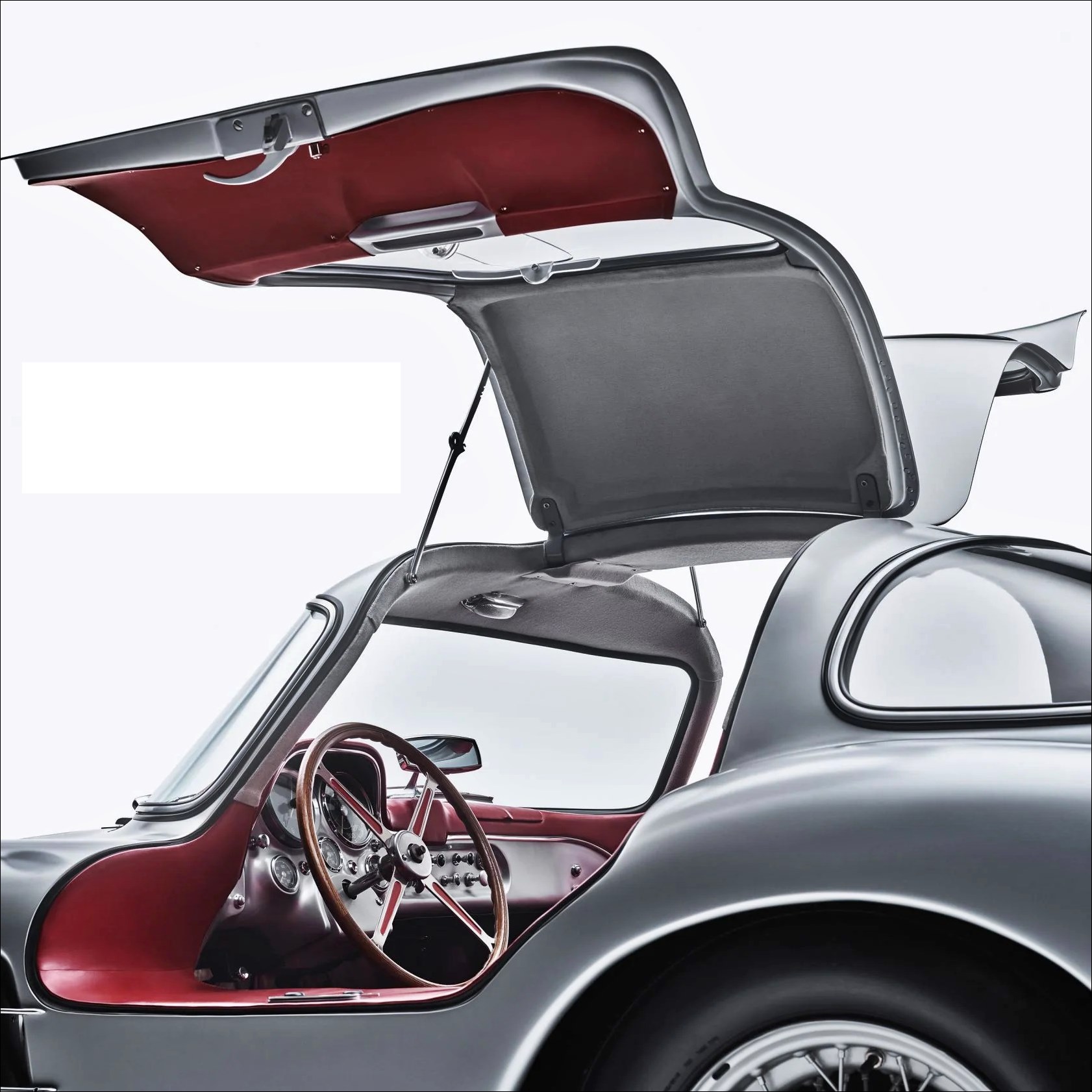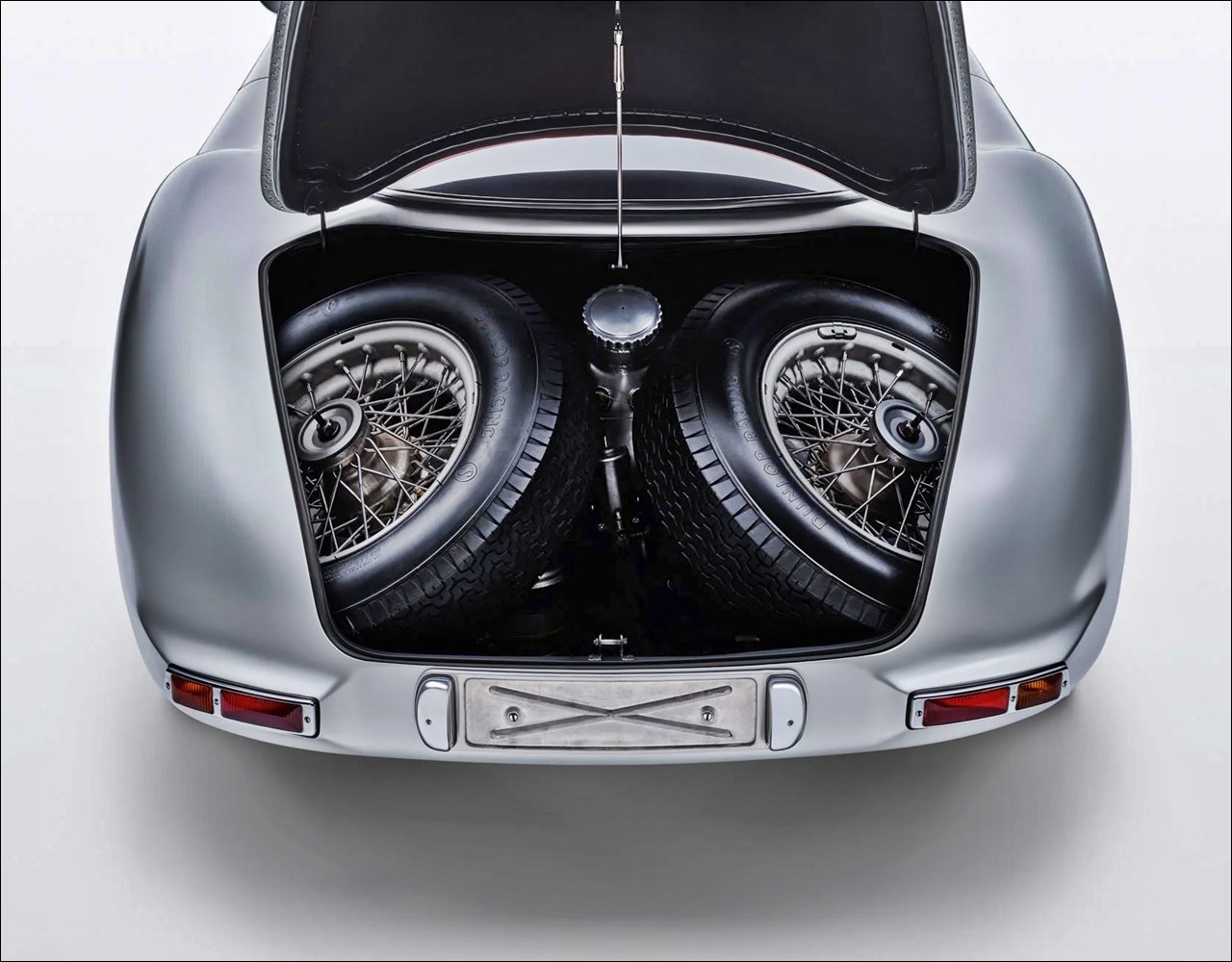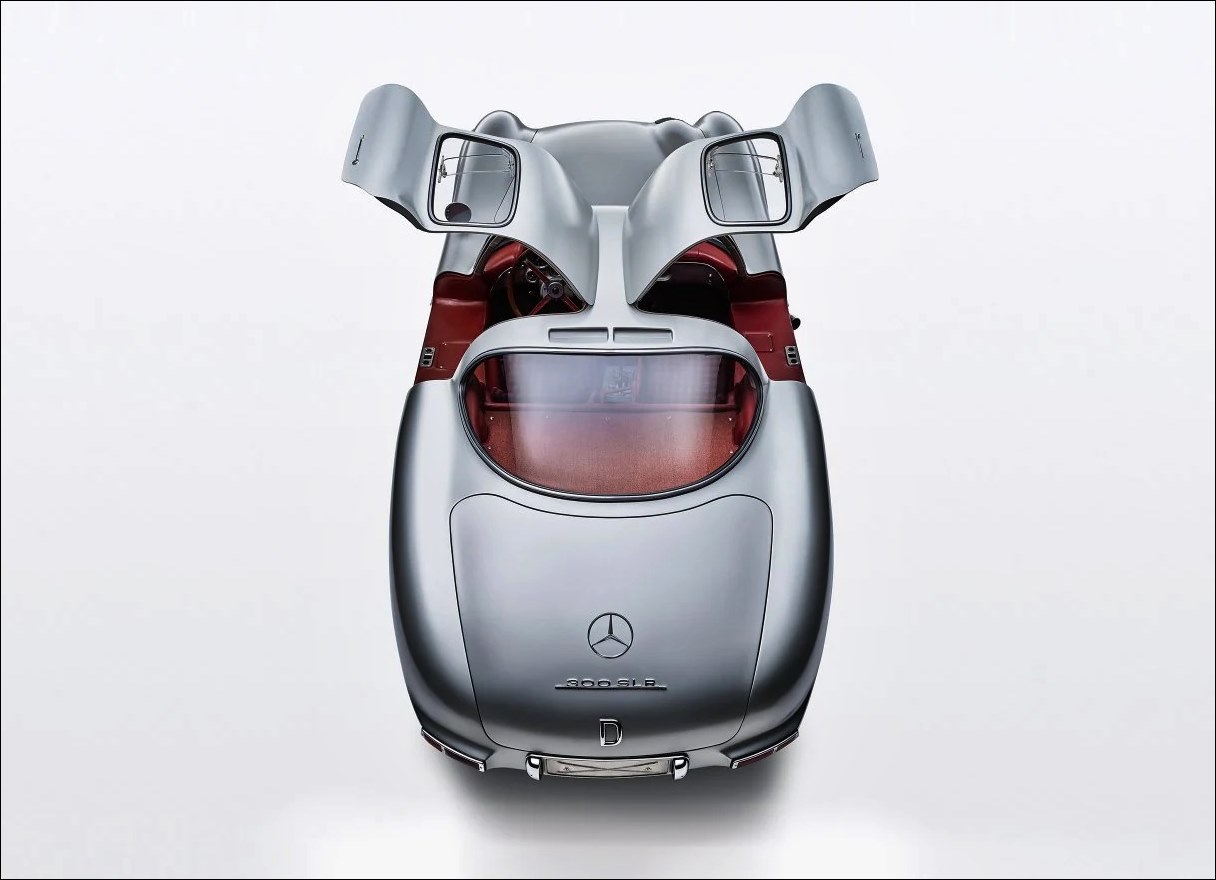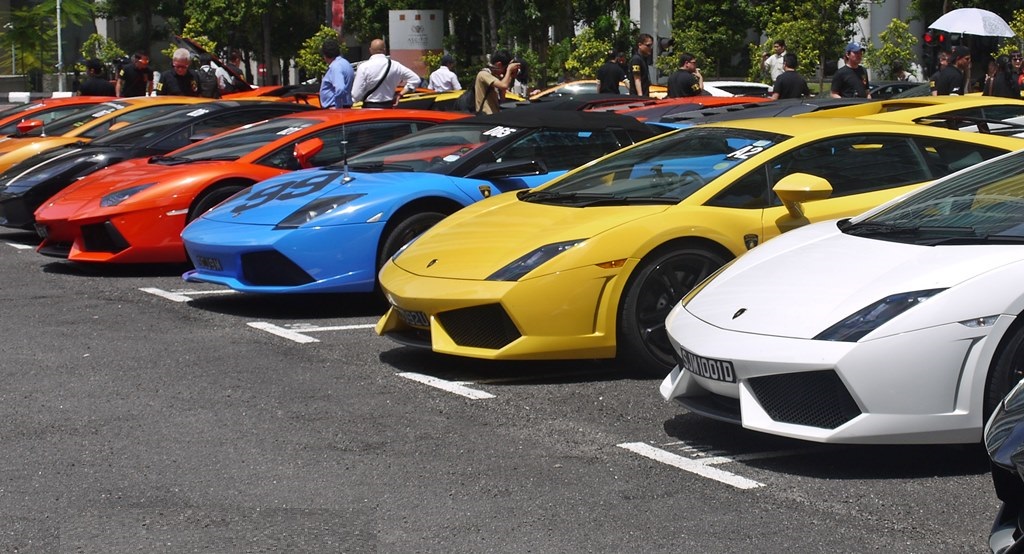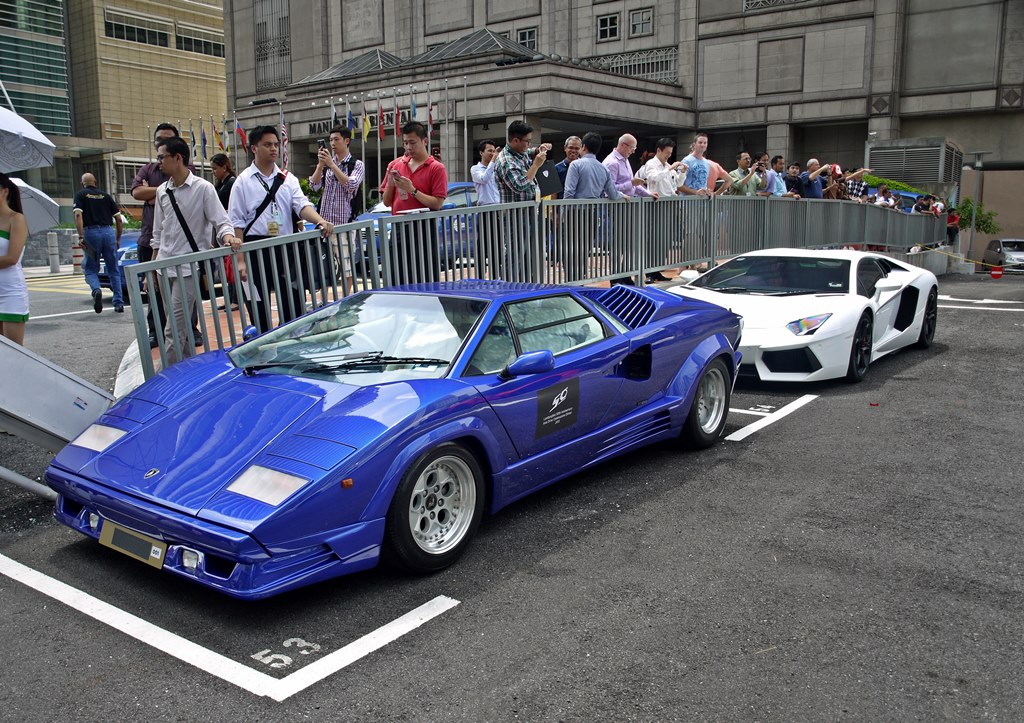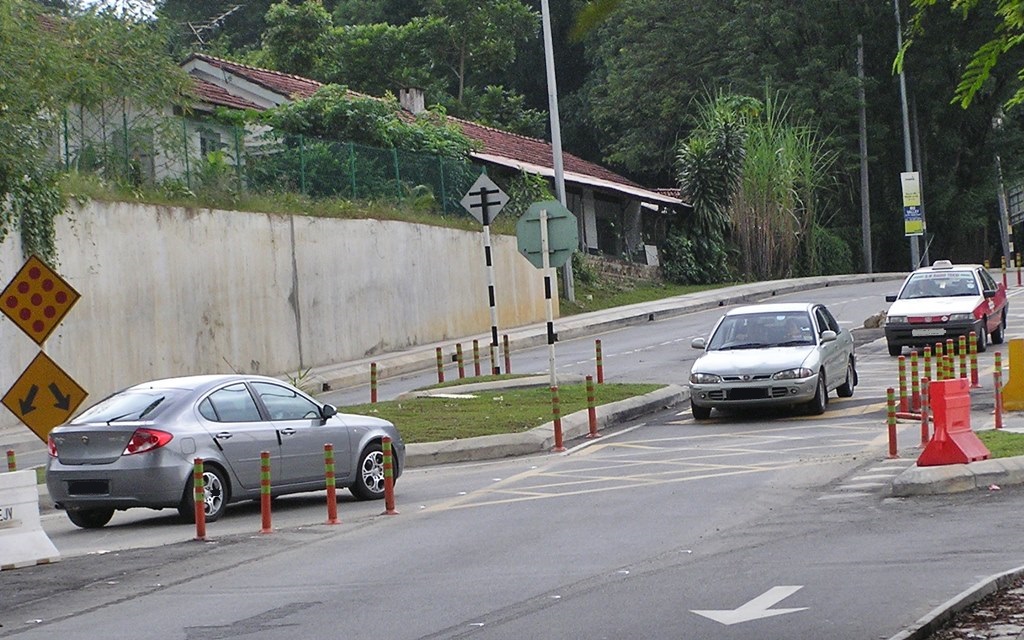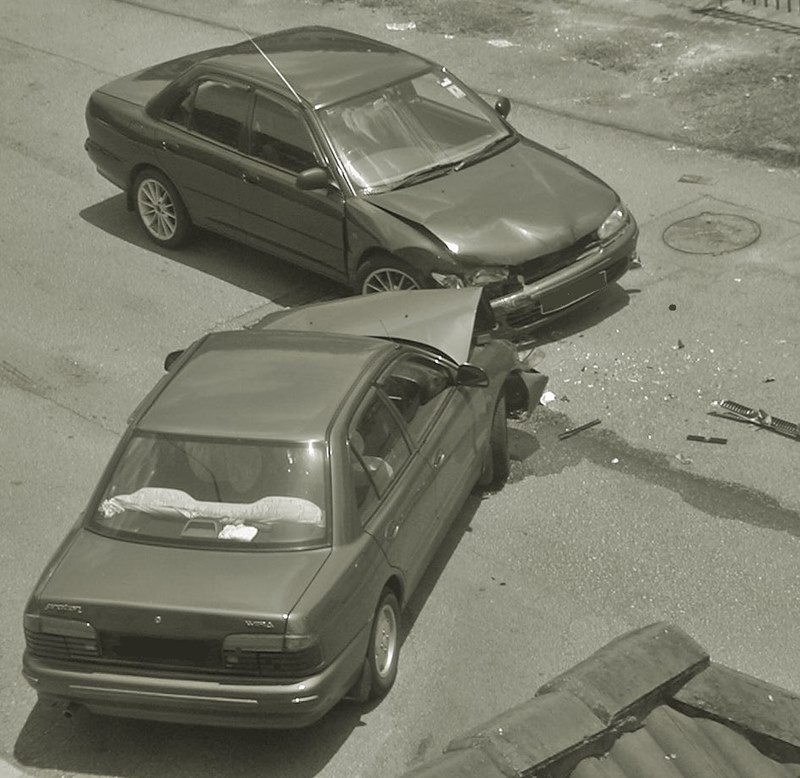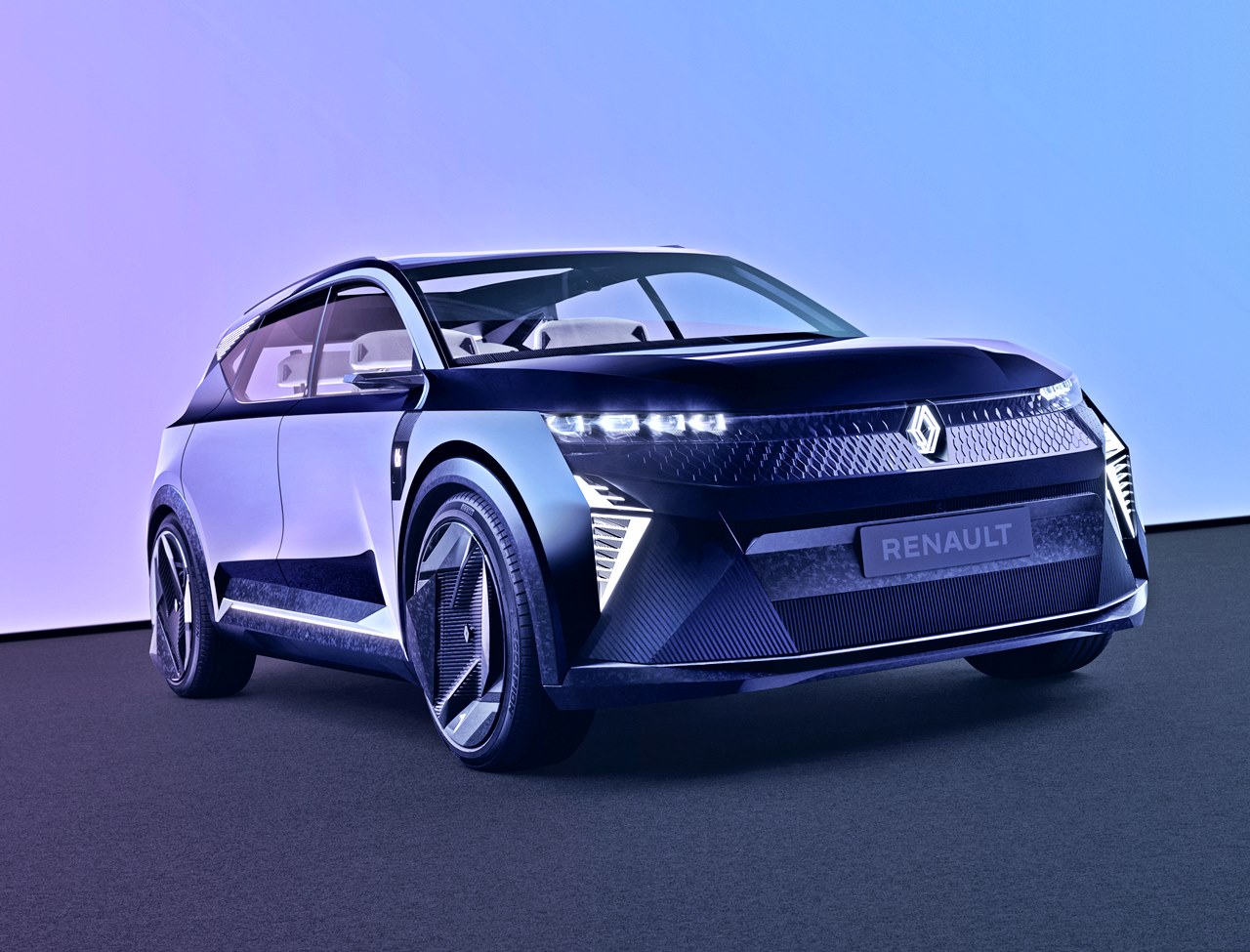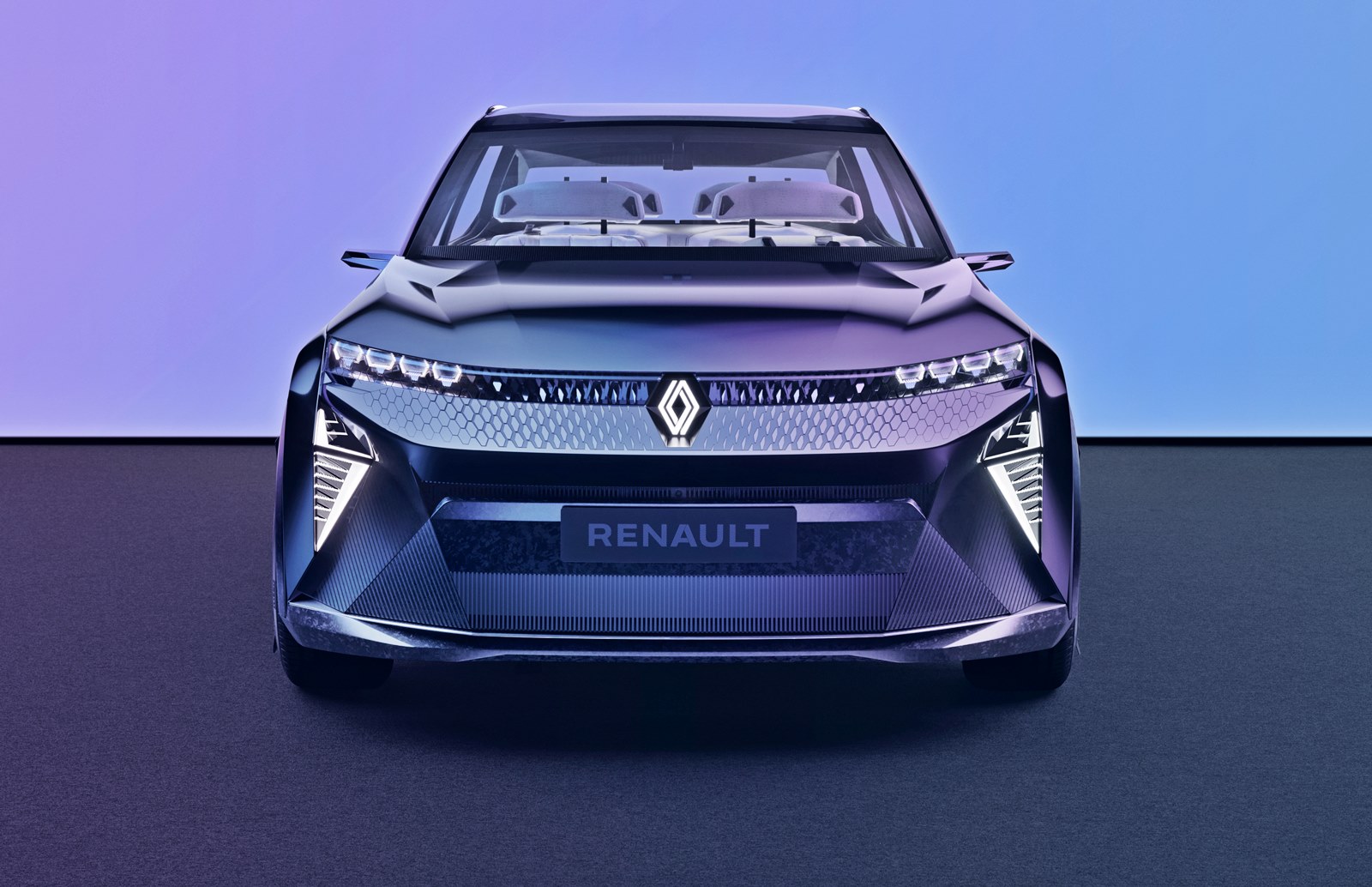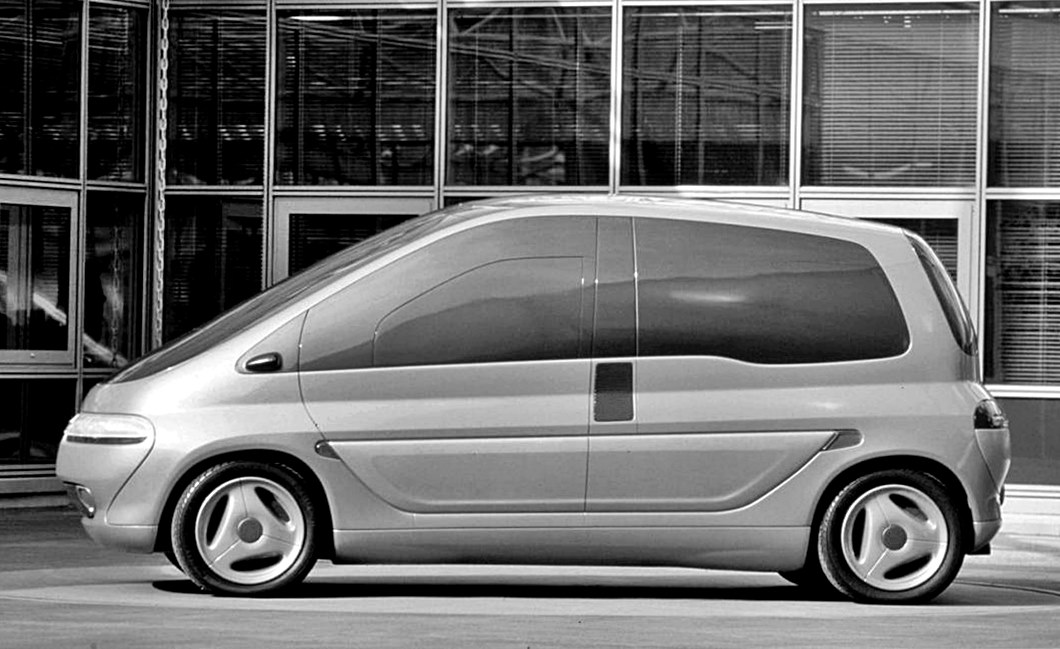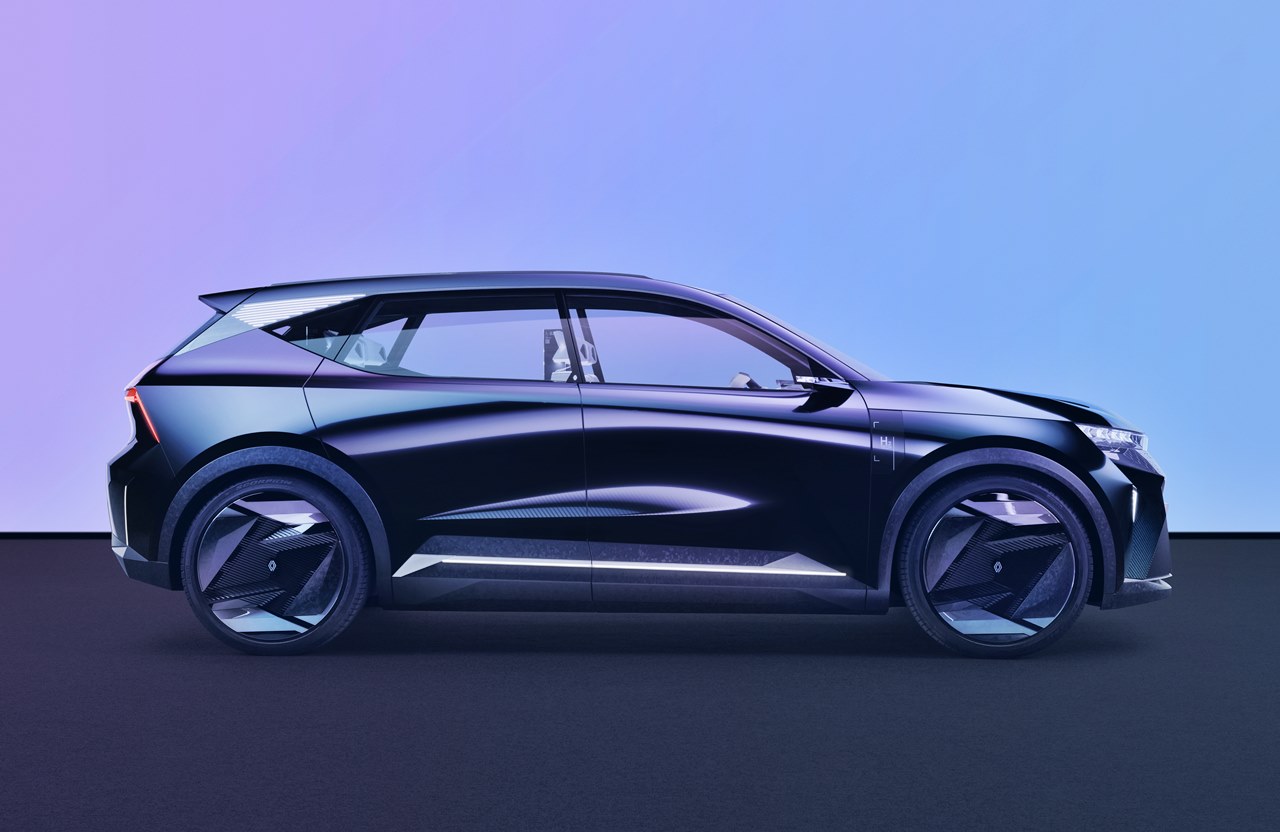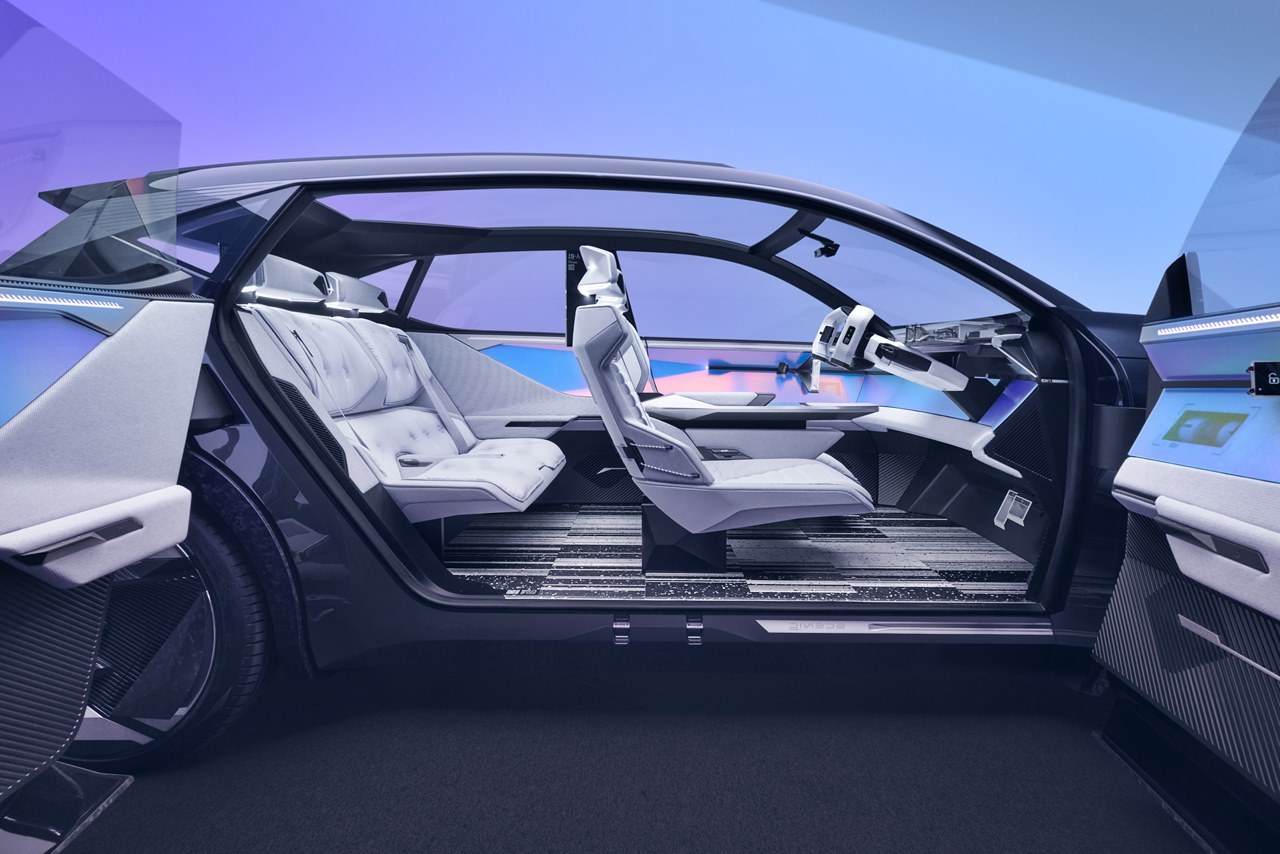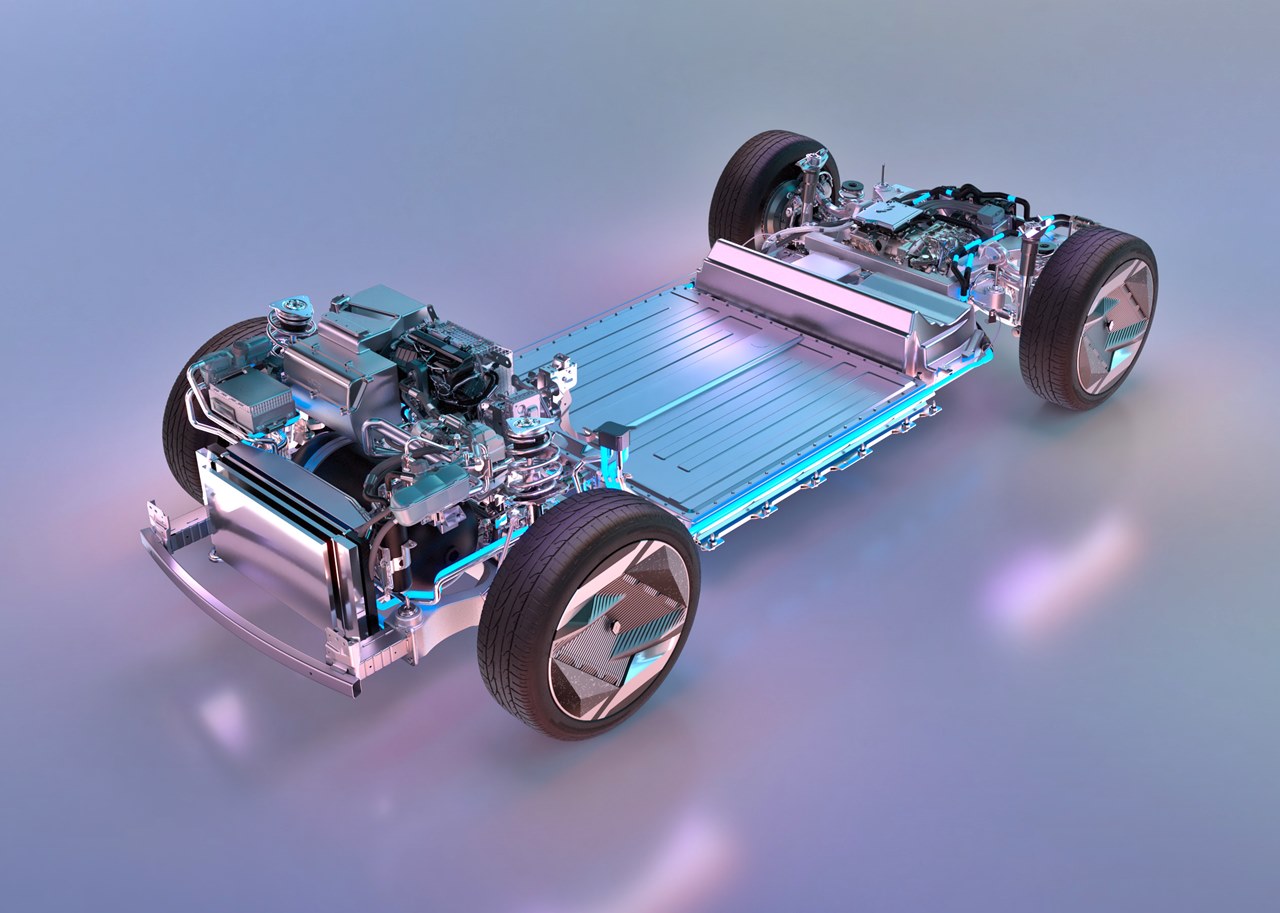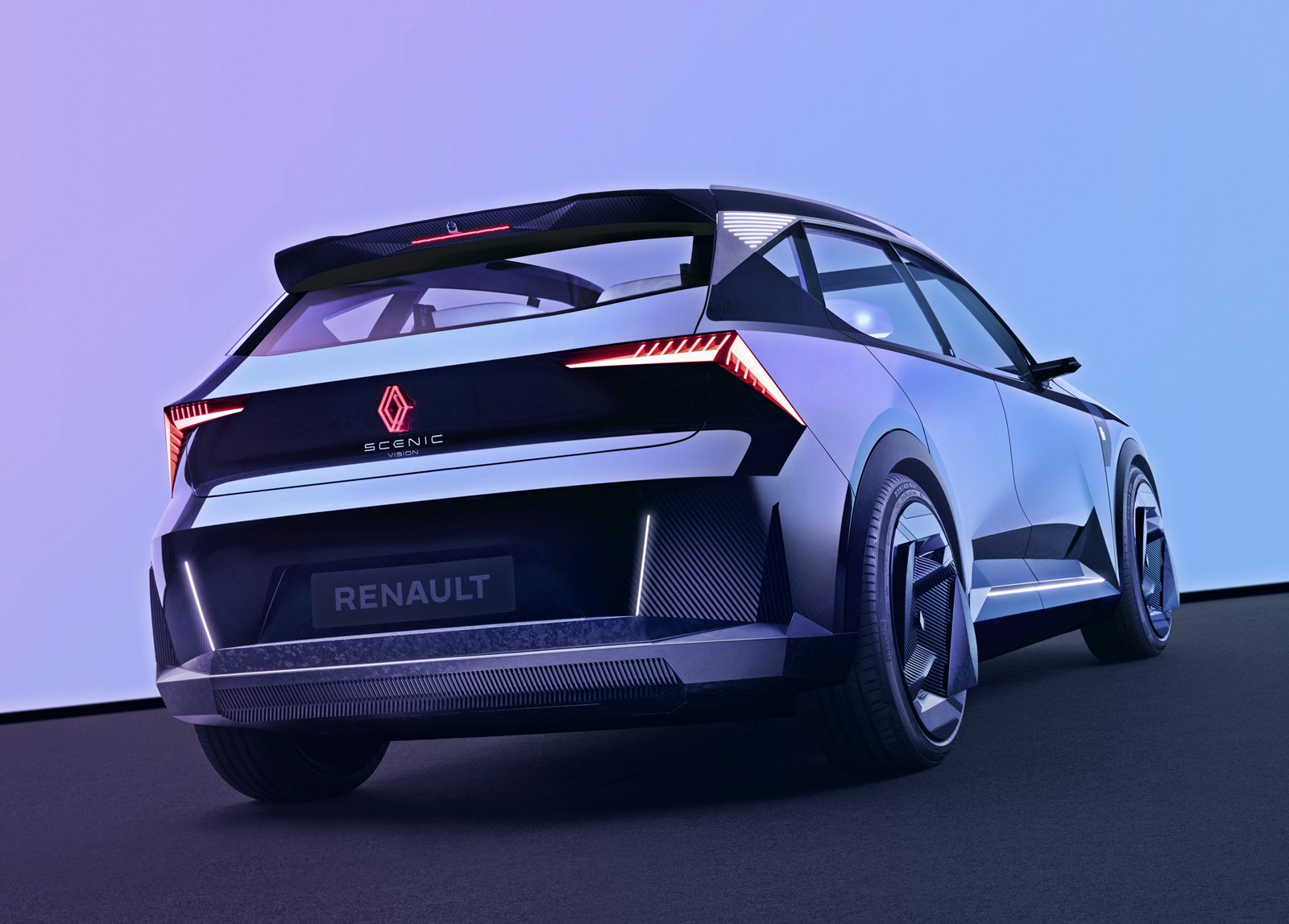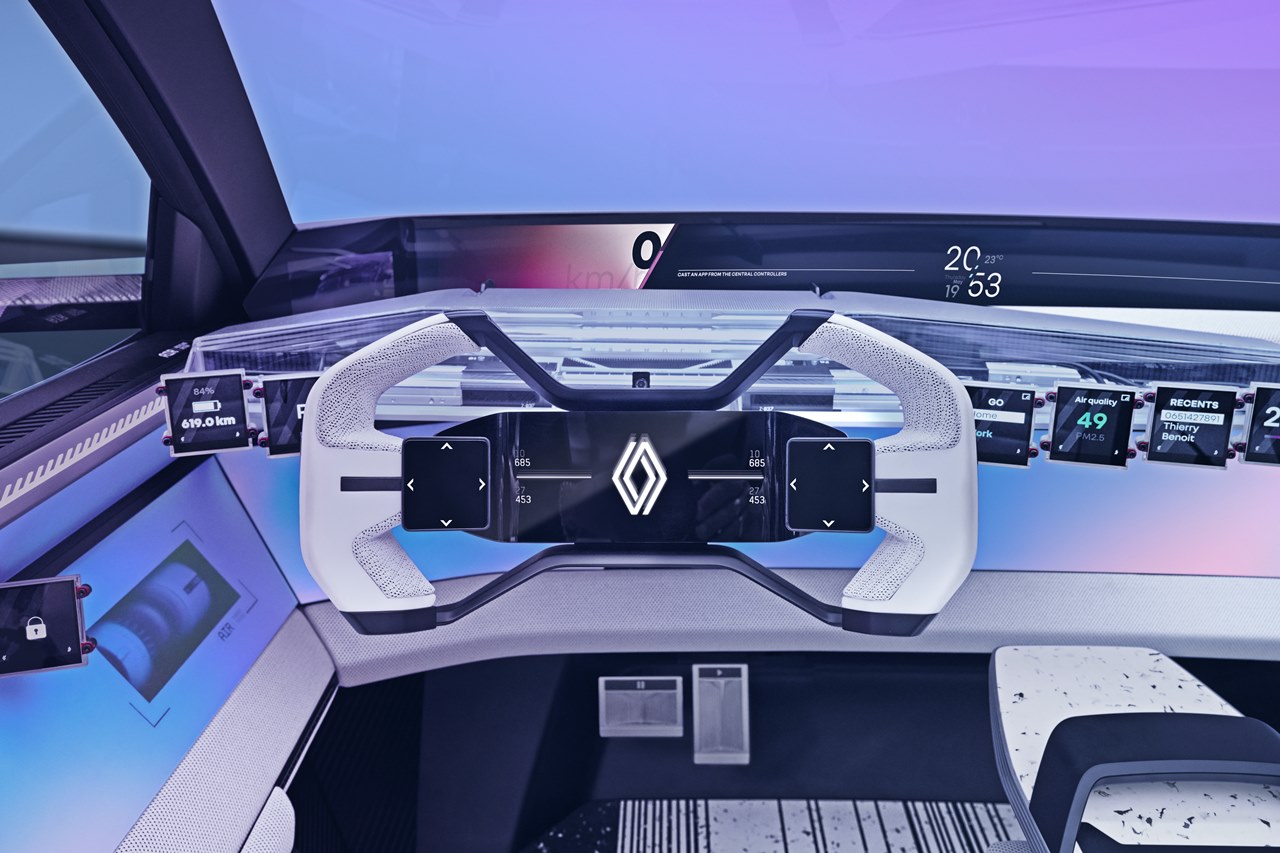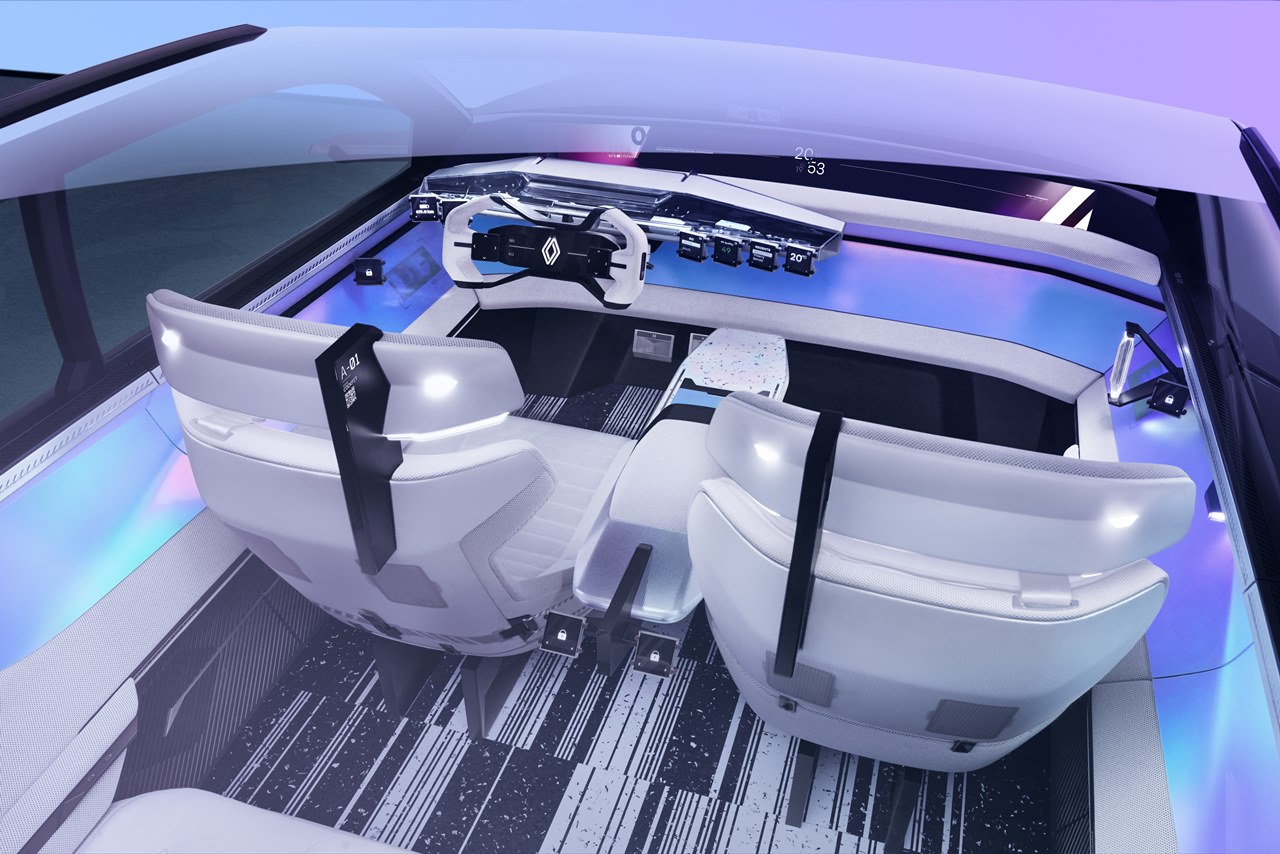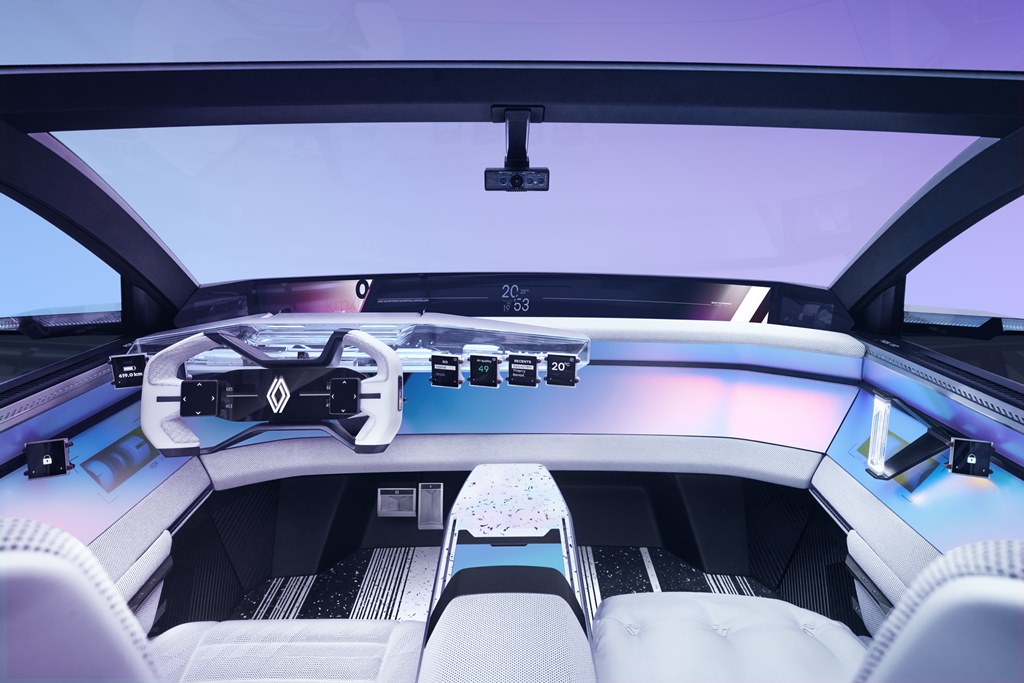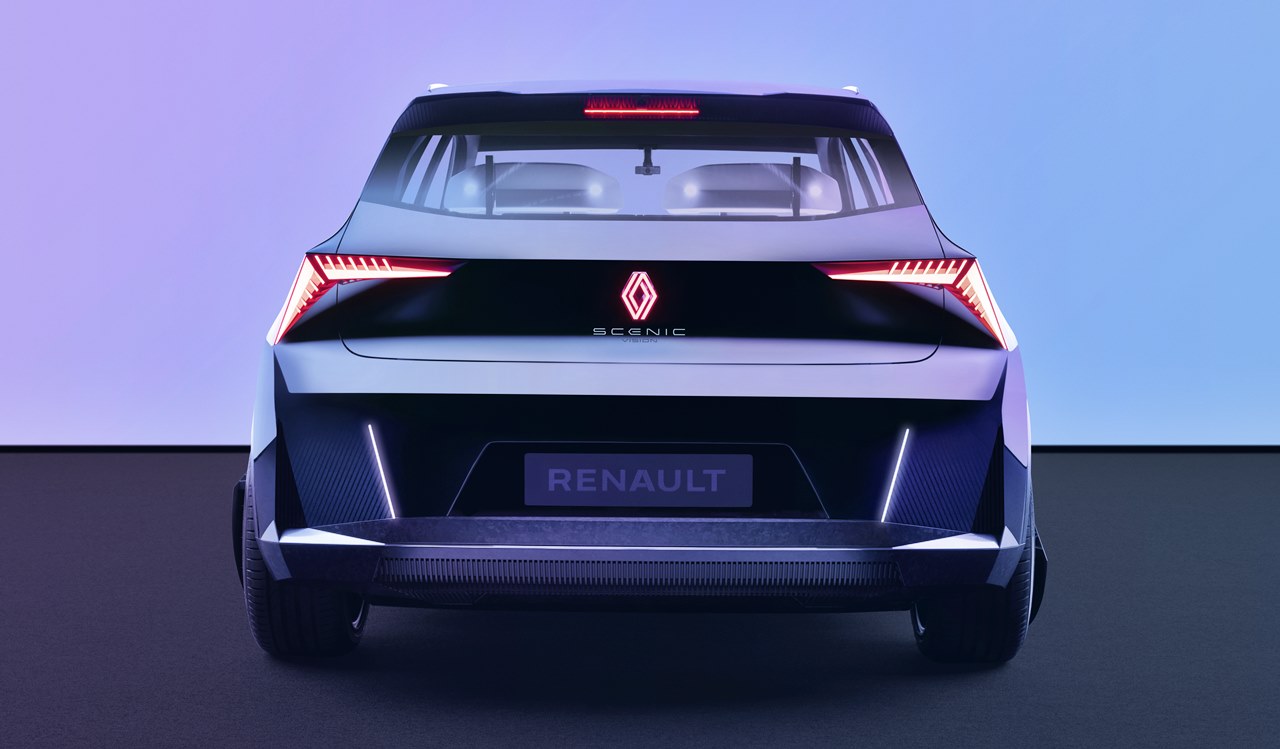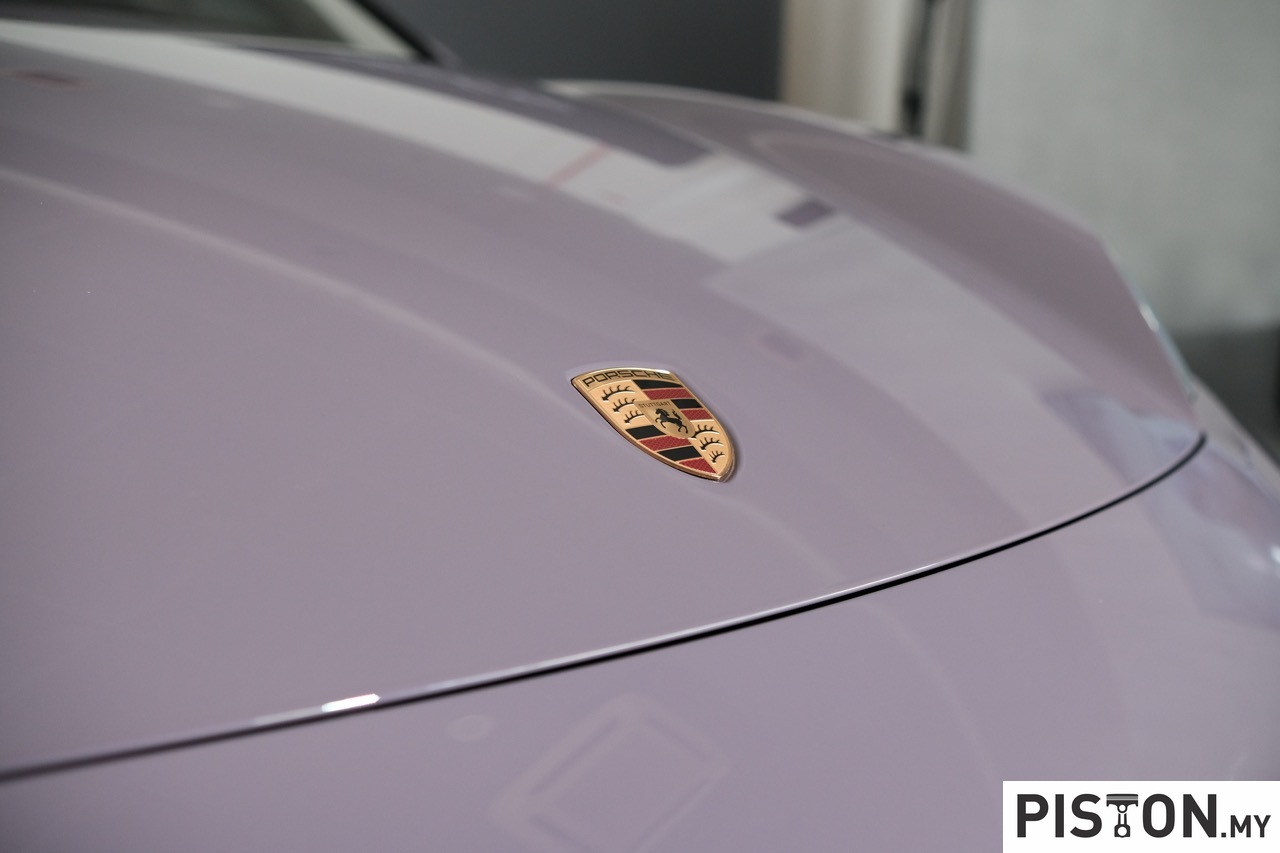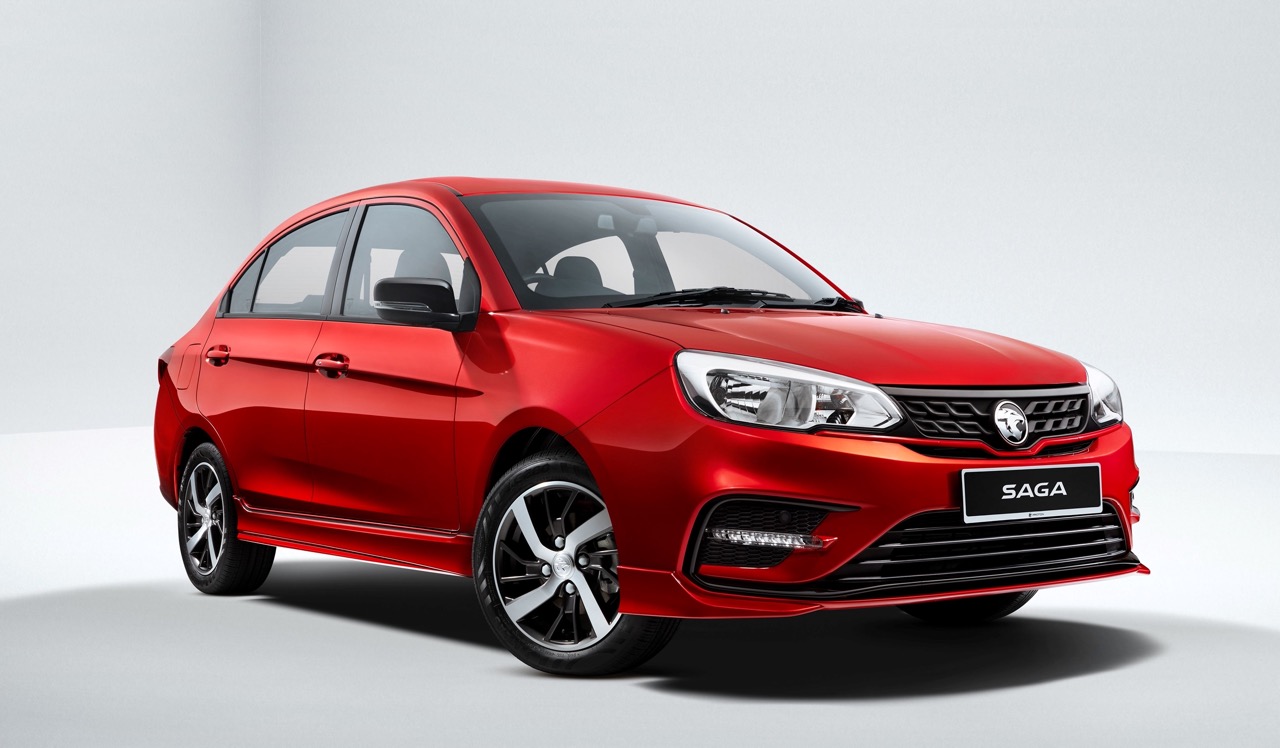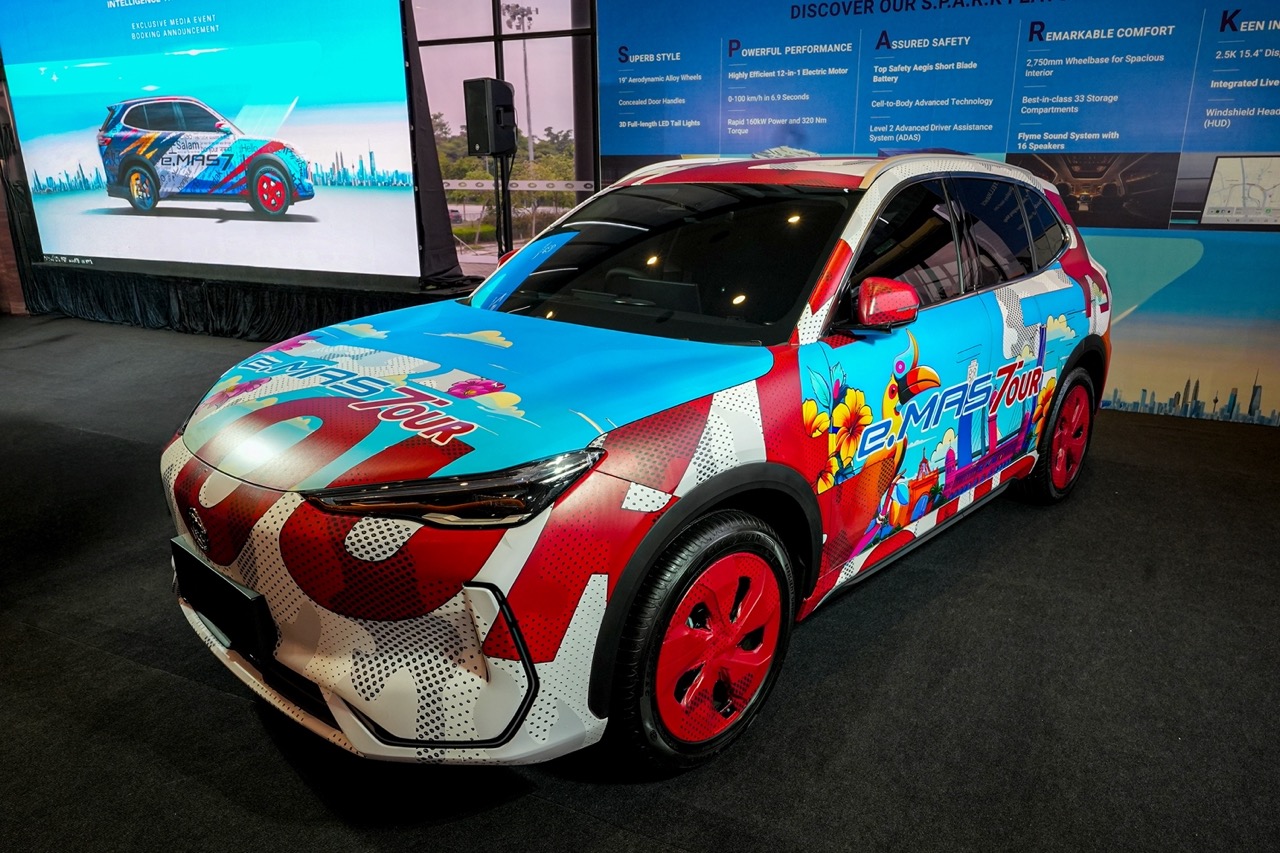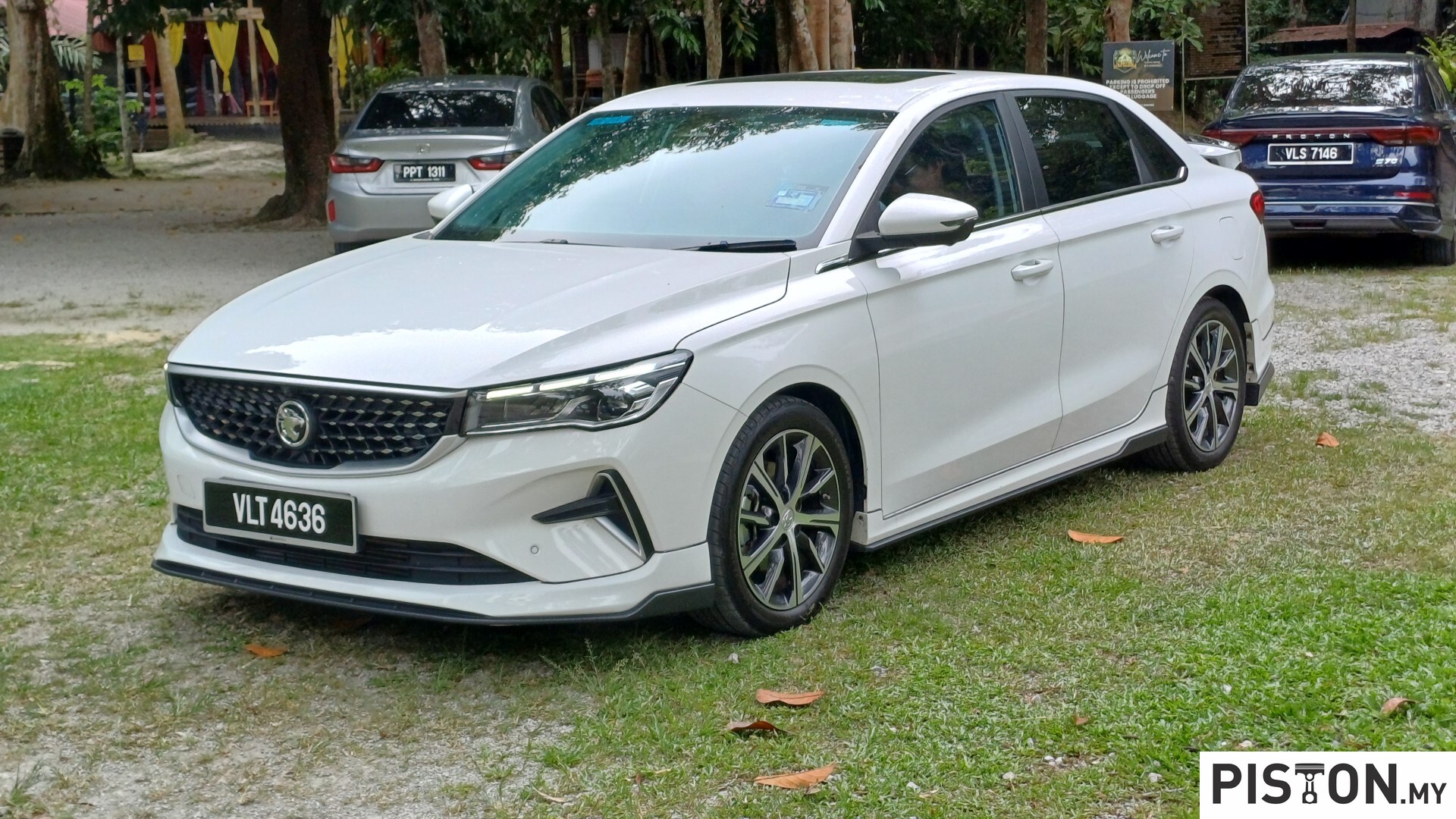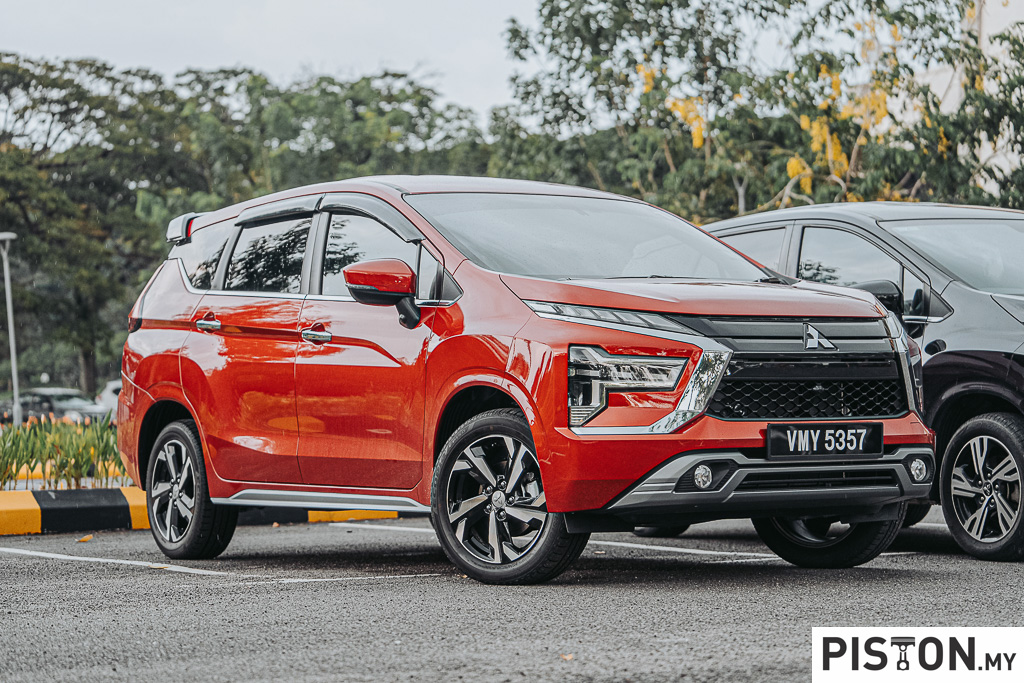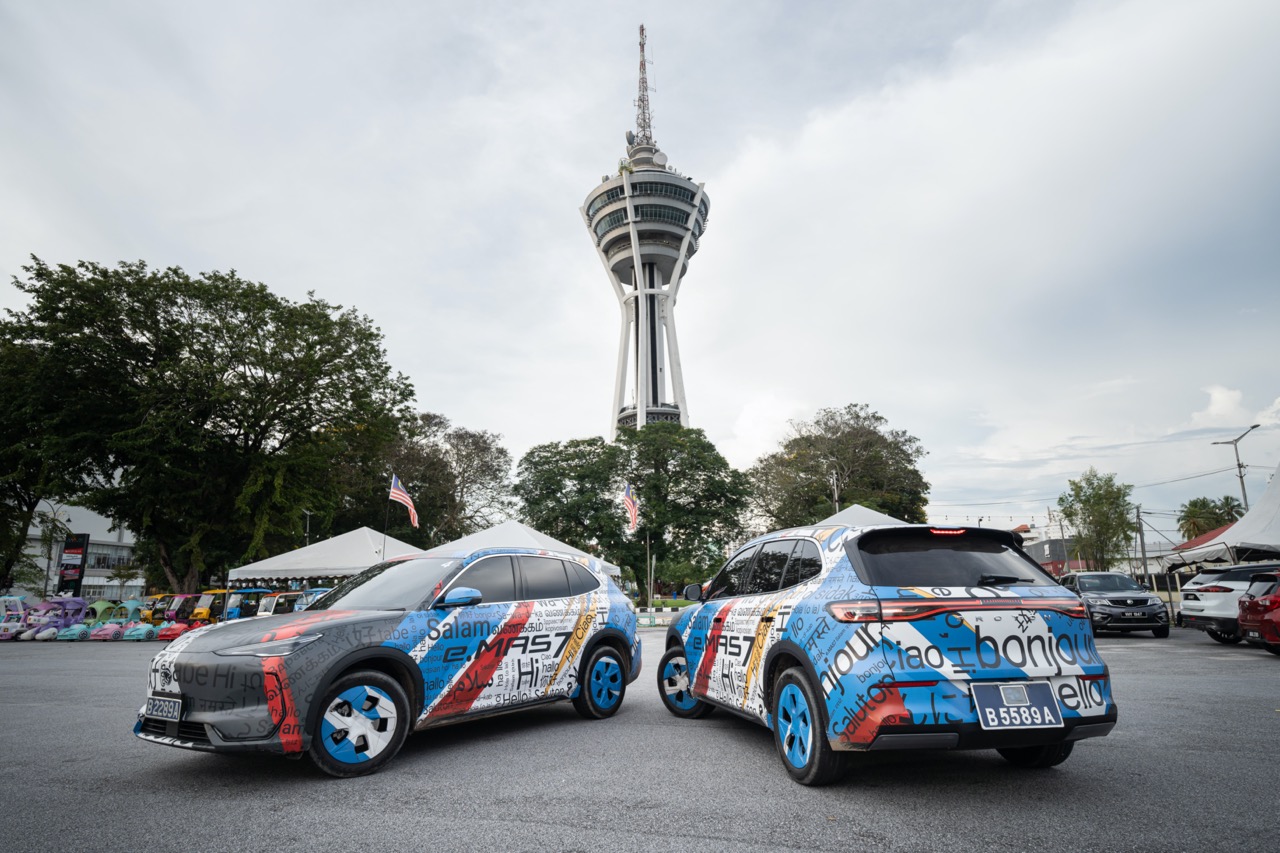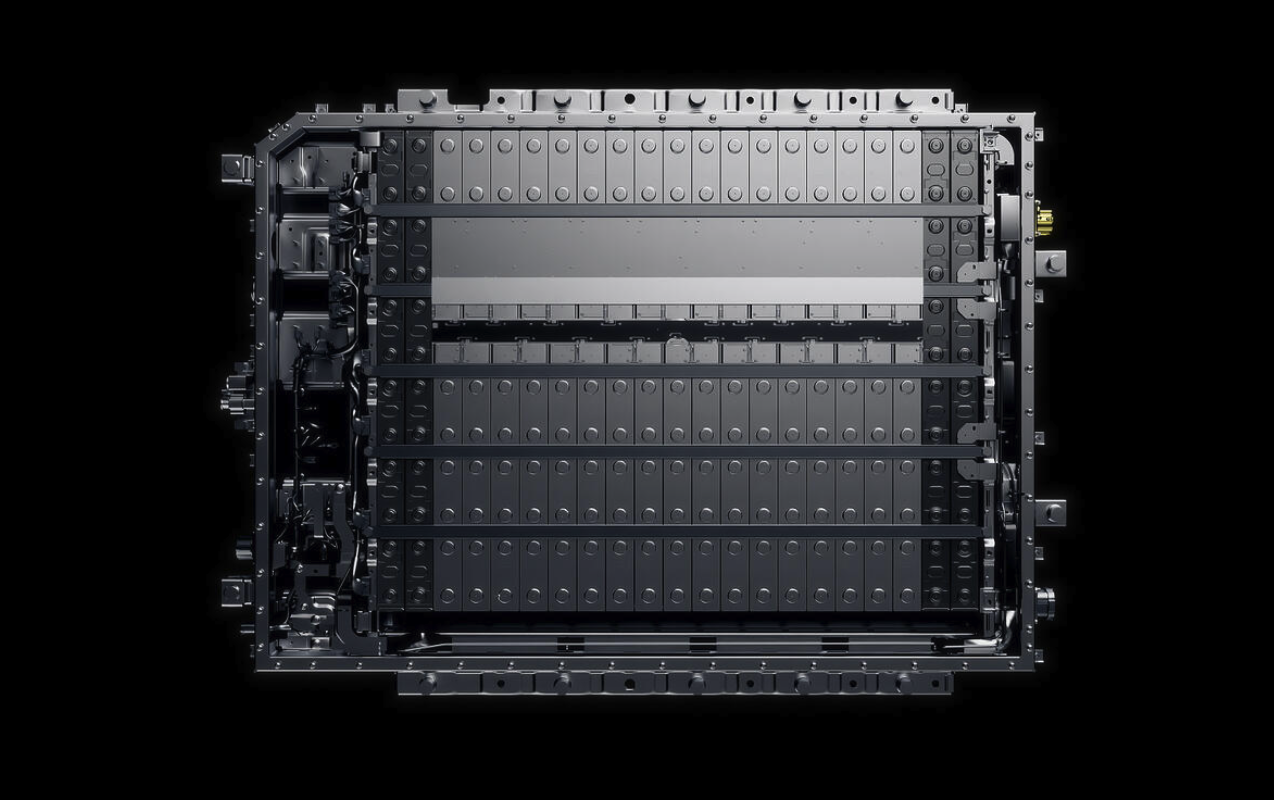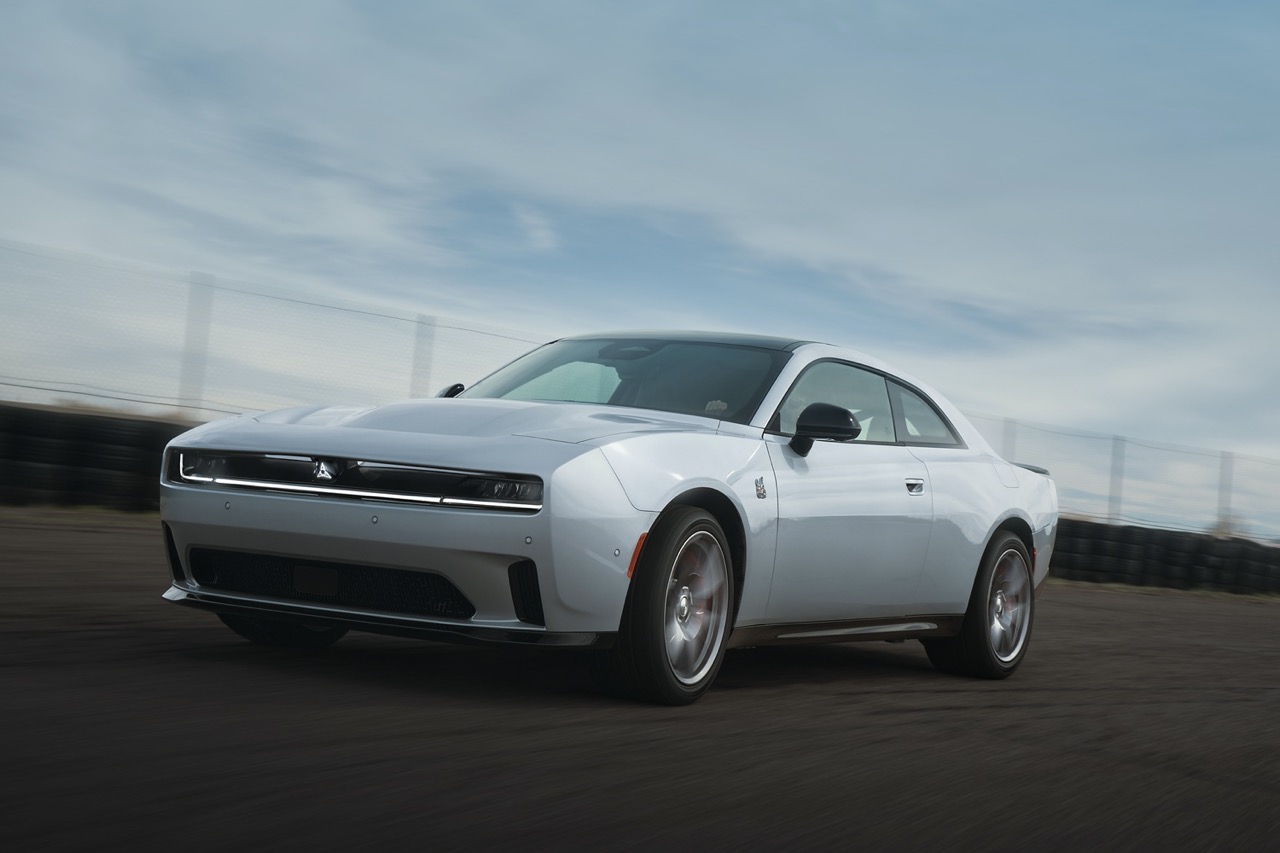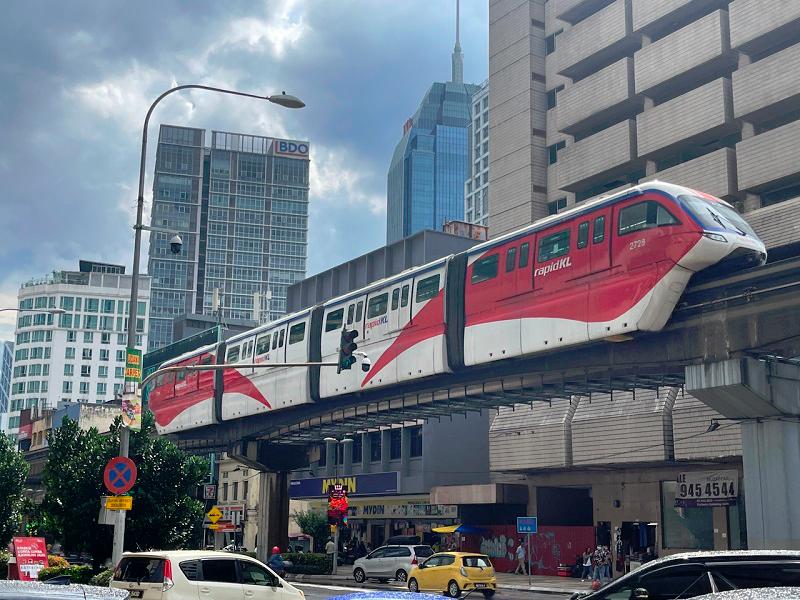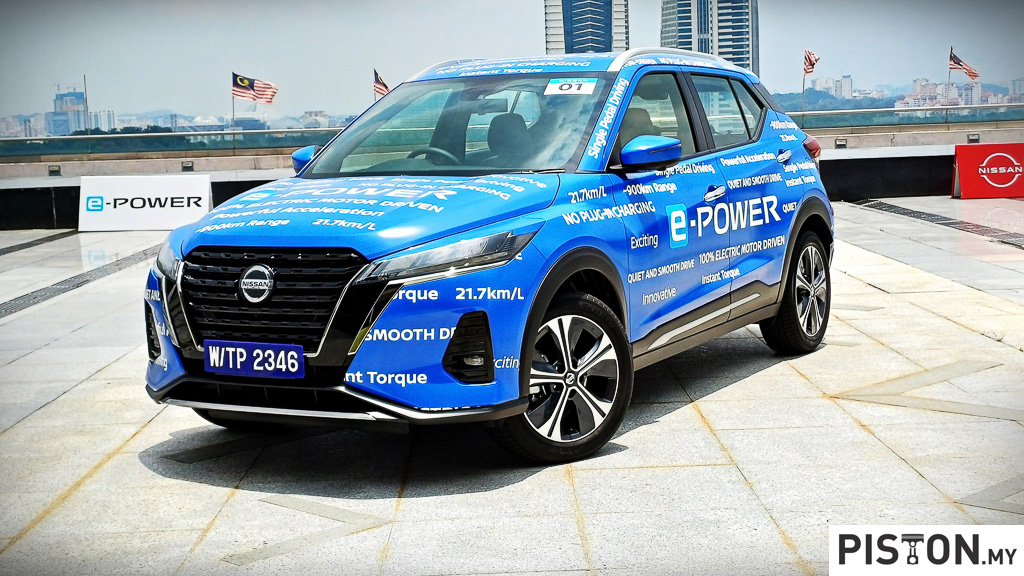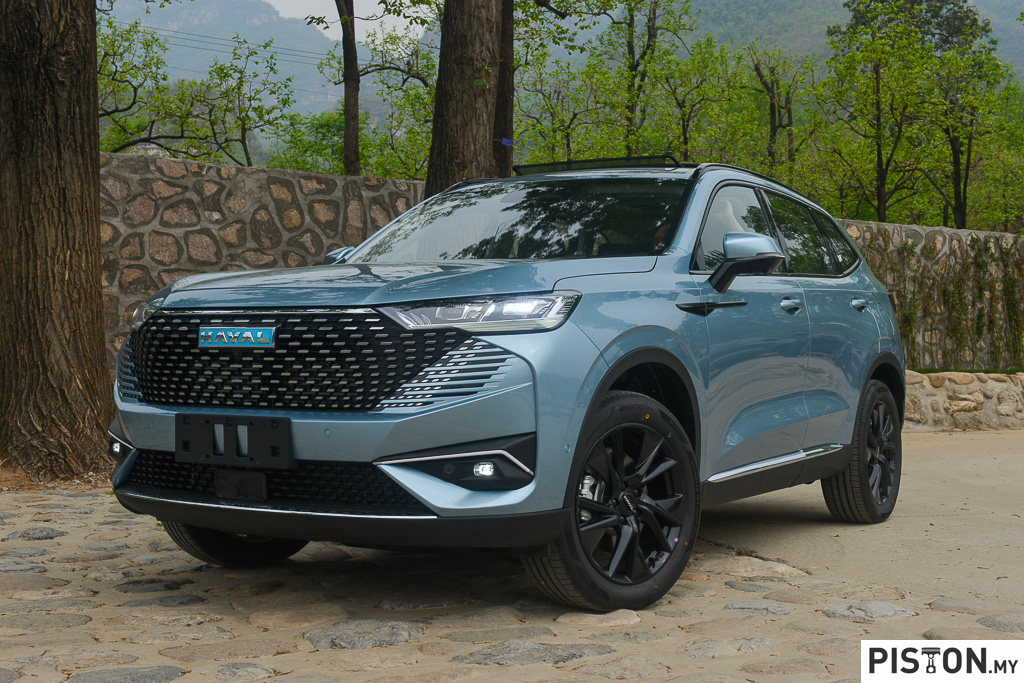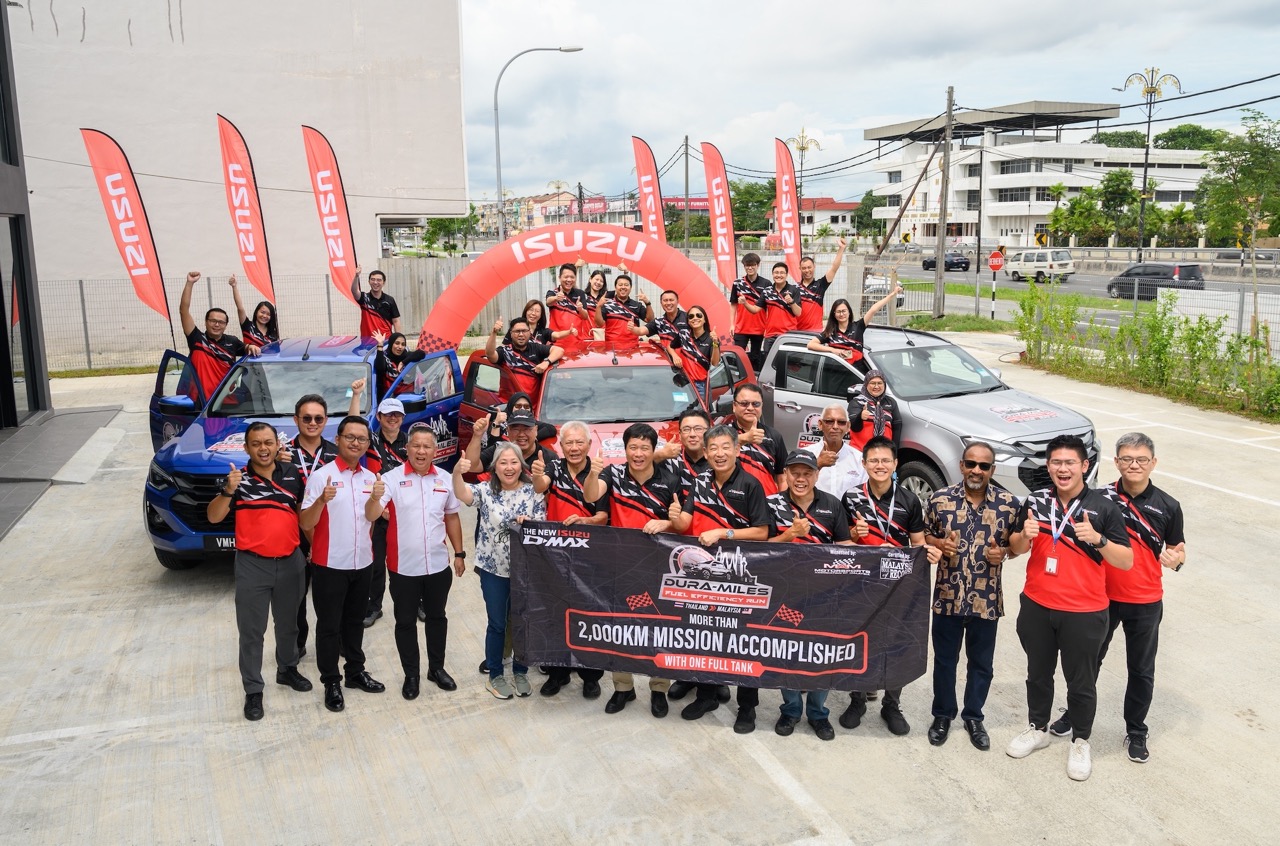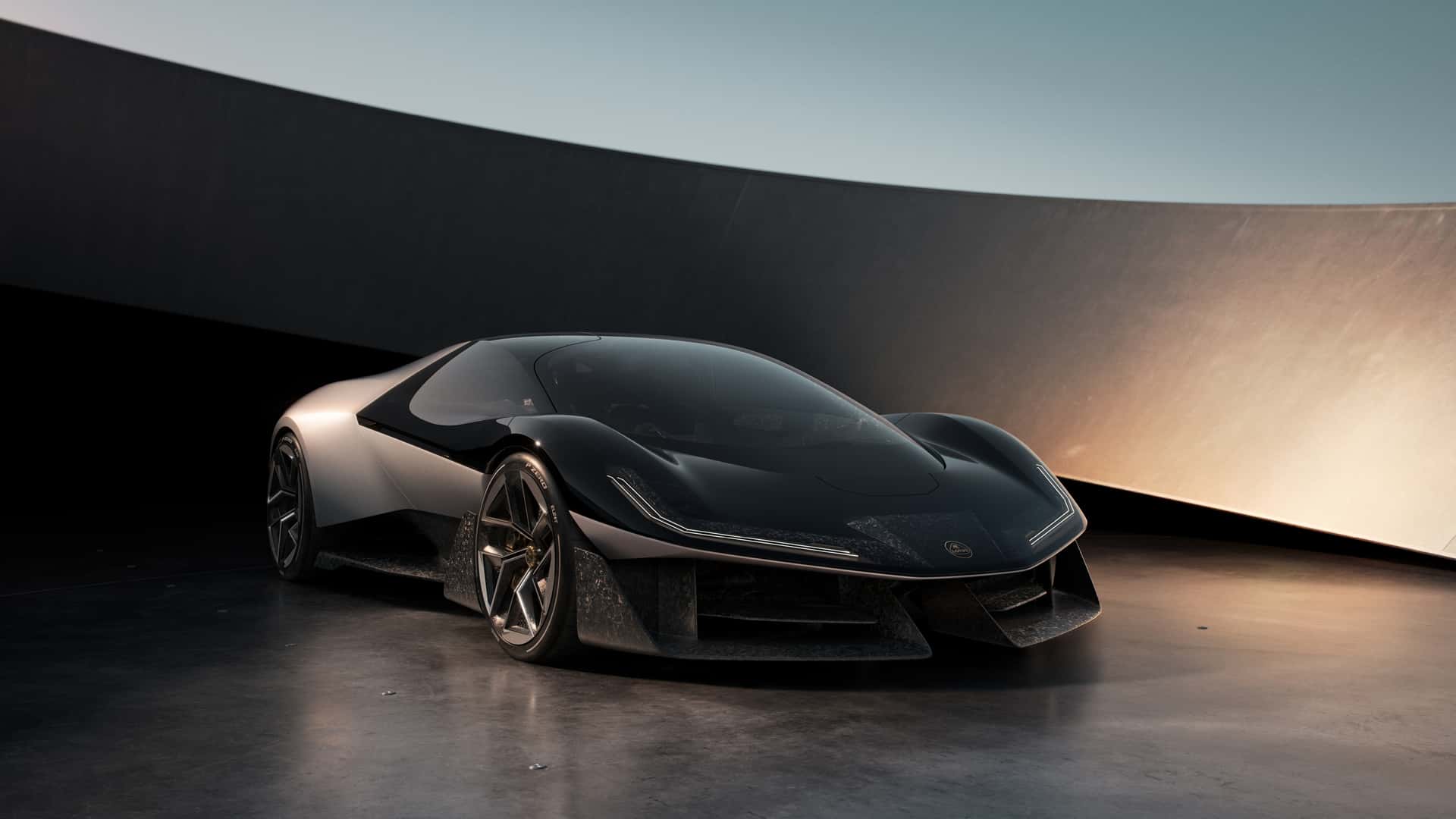‘CSL’ goes back over 50 years in BMW history, to the days of 1973 E9 3.0 CSL model. It was given the ‘CSL’ (Coupe Sport Leichtbau or Coupe Sport Lightweight) badge and was intended to be a homologation model for BMW to enter the European Touring Car Championship. The designation was not used much and in fact, the new M4 CSL is the third model that has ever had it (the second was the E46 M3 CSL in 2003).
Perhaps BMW has reserved it for very special occasions and there is a special one this year with BMW M GmbH celebrating its 50th birthday. The M4 CSL is a limited edition model which has made use of the company’s long expertise in powertrain and chassis development and also lightweight design.
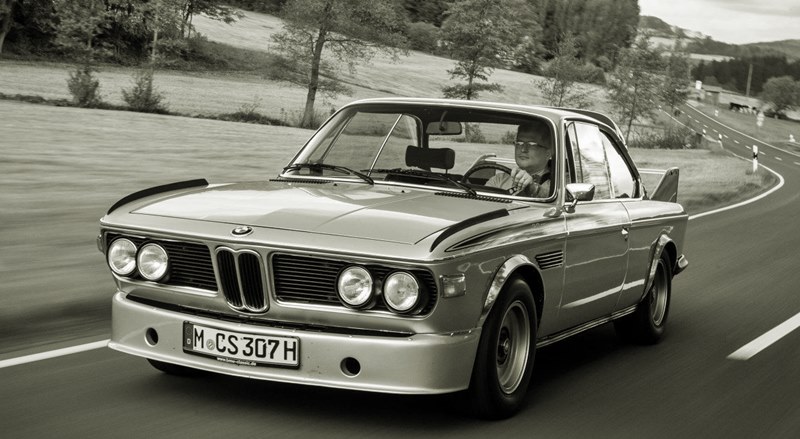
Strong focus on weight-saving
Lightweight design was one of the advantages of the 1973 3.0 CSL, allowing it to win championships and this is also a strong feature in the new M4 CSL. The M engineers have brought the M4 CSL’s kerb weight to 1,625 kgs for a power-to-weight ratio of 3 kgs/bhp. Compared to the M4 Competition, its weight is 100 kgs less and with a 40 bhp increase over the M4 Competition Coupe’s 550 bhp. Peak torque of 650 Nm, from 2,750rpm and sustained all the way up to 5,950 rpm.
One of the weight-cutting measures is very visible – no rear seats, so it’s strictly a 2-seater. The front M Carbon full bucket seats are also light (24 kgs than standard seats), and the absence of the rear seats saves 21 kgs. Not visible are chassis changes such as the use of lightweight M Carbon ceramic brakes and special light-alloy wheels, springs and struts which saved 21 kgs.
The use of CFRP in the body deducts 11 kgs; a titanium rear silencer cuts more than 4 kgs, and a further 4 kgs was saved from the kidney grille, rear lights, floor mats and climate control. Sound levels not likely to bother the driver, switching to ultra-lightweight sound insulation (which may be better or worse) saved around 15 kgs.
The CFRP bootlid provides a 6.7 kg weight-saving. Its carbonfibre structure is visible inside through the unpainted clearcoat. It has a pronounced spoiler, referencing a similar feature of the 2003 BMW M3 CSL. The diffuser integrated into the rear apron and the exterior mirror caps are also made from CFRP.
The forged cross-spoke M light-alloy wheels have been designed exclusively for the new car and fitted with tyres size 275/35 ZR19 at the front, 285/30 ZR20 at the rear. The brake system has standard M Carbon ceramic brakes that are around 14.3 kgs lighter than the brakes on the M4 Competition Coupe. The rear silencer is made from titanium which reduces weight by 4.3 kgs compared to a conventional steel equivalent.
Engine output raised
As mentioned earlier, the 3-litre 6-cylinder engine has an extra 40 bhp extracted from it and to get this, the engineers raised boost pressure from 24.7 psi to 30.5 psi. The 8-speed M Steptronic transmission with DriveLogic is said to be upgraded to match the higher power output while there are stiffer engine and transmission mounts.
Like the M4 Competition Coupe, the M4 CSL has double-joint spring strut front axle and 5-link rear axle. Standard equipment includes adaptive M suspension with electronically-controlled dampers, electromechanical M Servotronic steering with variable ratio, and an M-specific version of the integrated braking system.
The suspension also has an 8 mm reduction in ride height (compared with the M4 Competition Coupe), lowering the centre of gravity. Auxiliary springs are fitted at both the front and rear axle and improve road contact in dynamic situations. The anti-roll bars at both axles and their mountings have also been specially engineered for this model.
Advanced lighting technology
BMW Laserlight headlights (which illuminate in yellow rather than white) bring to mind the look of successful GT racing cars. The rear lights use an innovative technology making its debut in a production car. All light functions use LED units, while the covers have intricate light threads woven into them, illuminated using laser technology. The threads run parallel to one another before crossing over at the outer edges to create a stunning interpretation of the hallmark BMW L-shaped rear light contour.
Performance-focussed interior
The interior design is largely the same as the M4 Competition Coupe’s, which means it allows the driver to focus on performance. M-specific displays, ergonomically optimized controls with red accents, the M-specific gear selector and the anthracite-coloured headliner create a racing aura as the driver settles in. This is enhanced by the carbonfibre interior trim strip and ‘CSL’ badging below the head restraints, on the centre console and the rear panel.
The centre console of the new BMW M4 CSL is made entirely from CFRP, the material’s distinctive structure clearly visible around the gear selector and iDrive Controller. The use of carbonfibre more than halves the weight of the centre console, a saving of around 4 kgs. The M Alcantara steering wheel features a red 12 o’clock marker, carbonfibre inlays and CFRP shift paddles.
The BMW Head-Up Display is available as an option and part of the Ultimate Road Pack. It includes M-specific elements such as a colour tachometer, Shift Lights and M View. Provided as standard are M Drive Professional and M Laptimer for drivers to make improvements in their pursuit of the ideal line and faster lap times. For example, dramatic use of oversteer and opposite lock is recorded by the M Drift Analyser, while the laptimer records and show a variety of information on both the instrument cluster and the Head-Up Display. Drivers can also analyze the data in detail with the BMW M Laptimer iPhone app and share it with the online community.
Production will begin in July 2022 and only 1,000 units will be available, each priced from £128,820 (about RM706,000) in the UK market.




